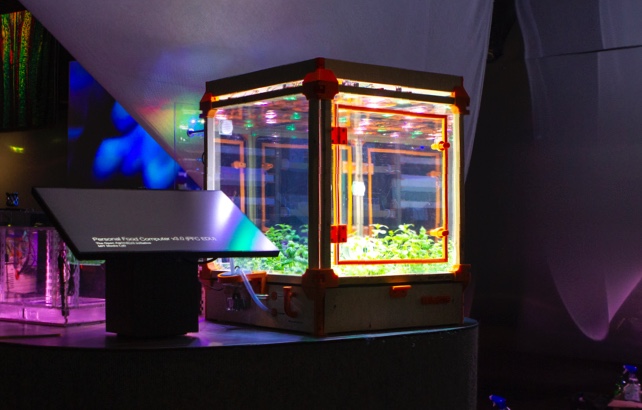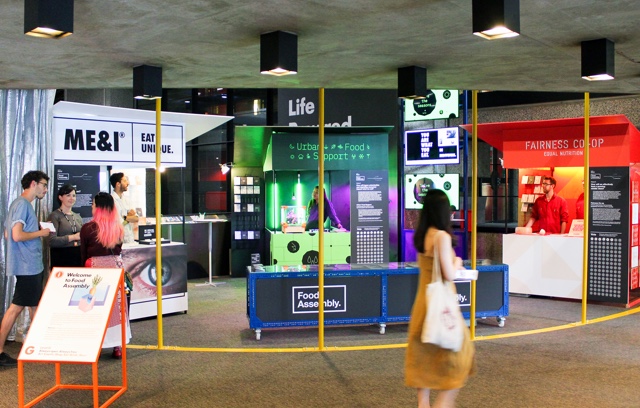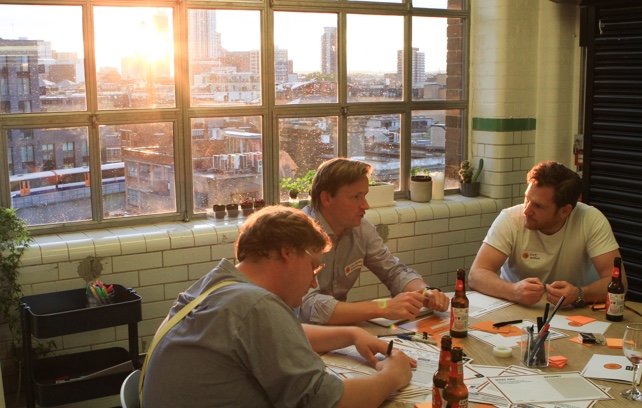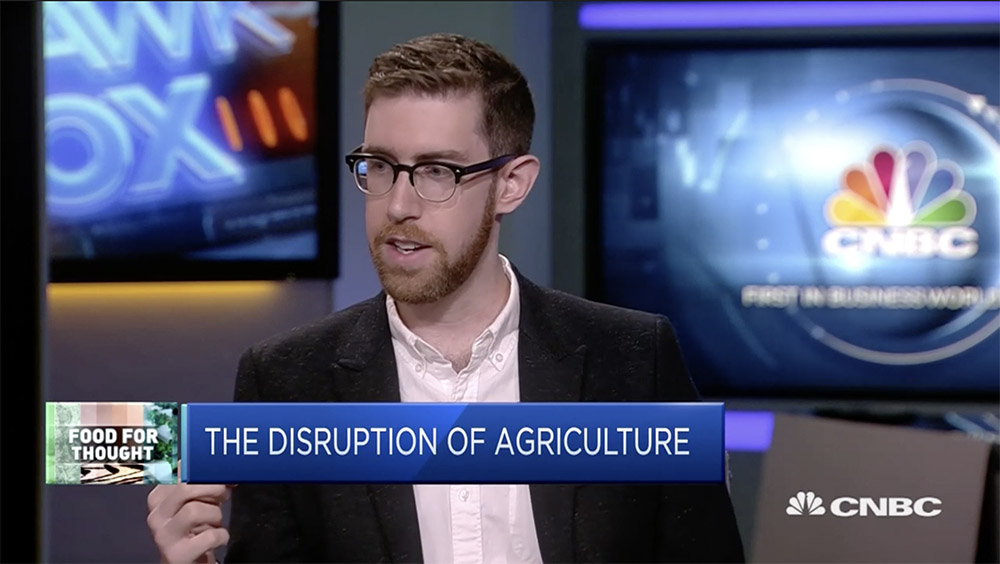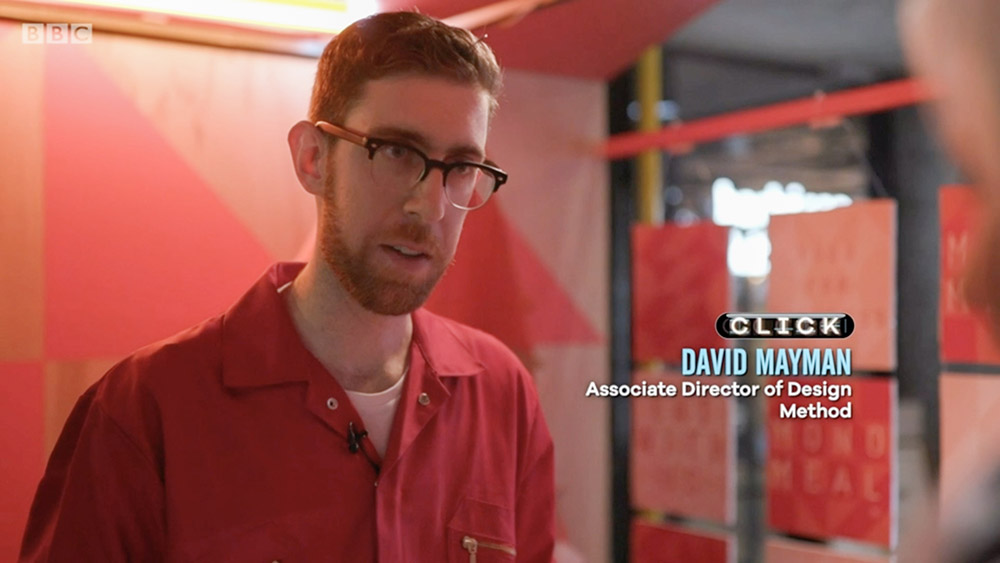Connected Food
How can design help to promote a more resilient future for our food system?
Connected Food
How can design help to promote a more resilient future for our food system?
A self-started exploratory initiative merging technology prototyping, speculative design, and community building to challenge and progress our food system
Climate change is warming our planet, population numbers are increasing exponentially, and soil nutrition is diminishing. It’s clear that the way we produce, distribute, and consume our food must radically change, but how? How will we feed ourselves in an unpredictable future? Is technology the answer to creating a sustainable and resilient food system?
I co-created Connected Food, an exploratory initiative at Method, leading teams through a series of projects to provoke debate around the possible and the plausible futures of our food system.
Client
Method (Internal)
Method (Internal)
Date
2019
Role
Role
Project Director and Co-creator,
Lead Designer of the Personal Food Computer
Featured At
AI: More Than Human, Barbican Centre
Life Rewired Hub, Barbican Centre
In the Media
Part 1
Personal Food Computer
Will technology solve the growing food crisis?
- AI and Robotics
- Collaborative Agriculture
Part 2
Food Assembly
Can we use design to see past the present into possible futures?
- Speculative Design
- Interactive Exhibition & Performance Art
Part 3
Connected Food Network
No one entity can solve the problem alone, but can we do it together?
- Community Building
- Facilitating Collaboration
Part 1
Personal Food Computer
Overview
What impact might emerging technology have on our food system?
To examine this question, we built a custom Personal Food Computer (PFC) based on MIT OpenAg’s™ research. The Method PFC is a tabletop hydroponic system with embedded robotics and sensors to manage the climate, energy and plant growth within a contained chamber. It uses climate recipes that codify the growing process of a crop to help express specific qualities.
The Method PFC was showcased in the AI: More Than Human exhibition at the Barbican Centre, London in Summer 2019.
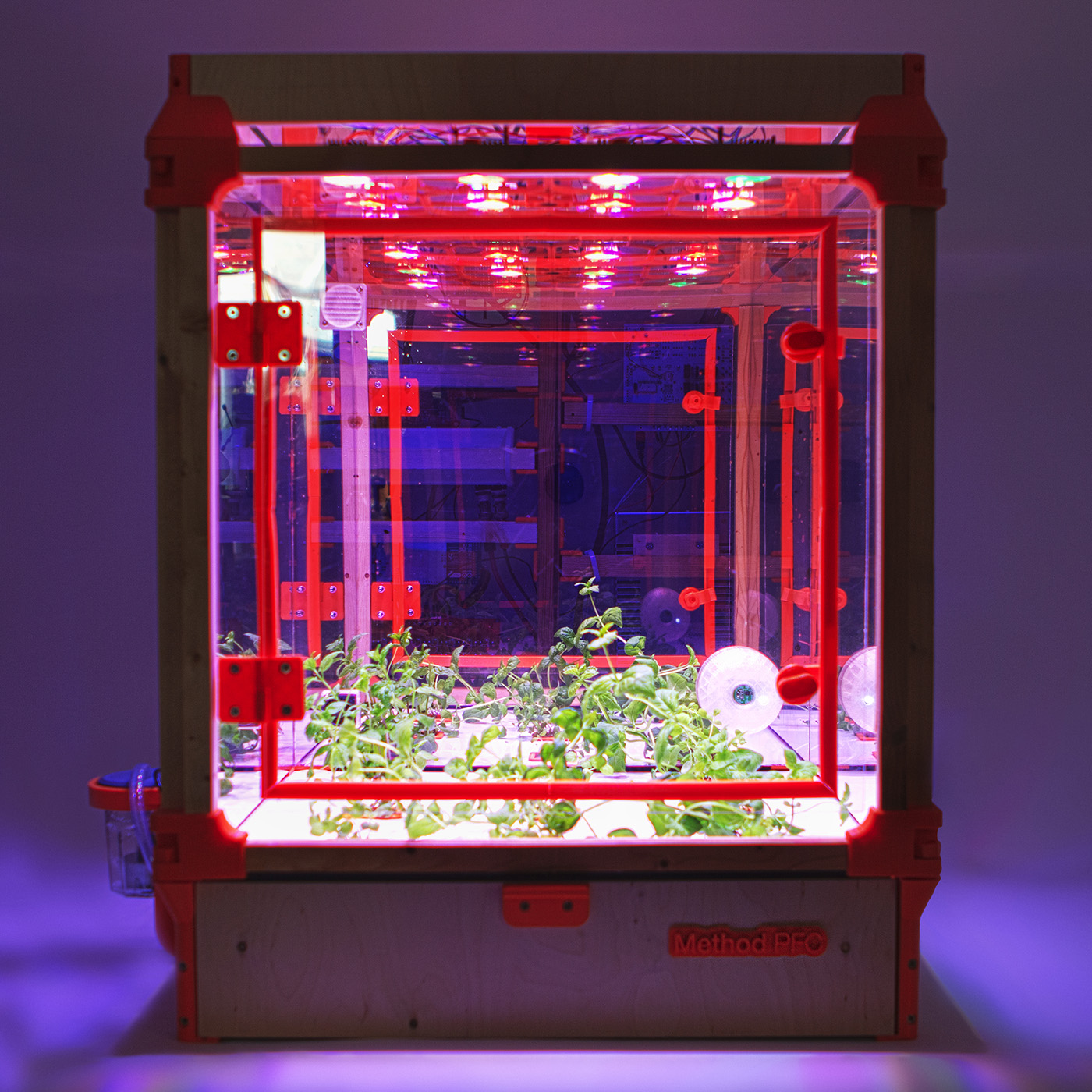
Implications
Is data is the next fertilizer?
We discovered a wide set of implications on our current food system – from our kitchens becoming farms of the future, to the central role of data in the future of food production. We can imagine a future where climate recipes can manage a crop’s growth down to the millisecond using machine learning models built with billions of data points from past growths. The Personal Food Computer is a tool to demonstrate how the future of agriculture can become more collaborative and decentralized.
We discovered a wide set of implications on our current food system – from our kitchens becoming farms of the future, to the central role of data in the future of food production. We can imagine a future where climate recipes can manage a crop’s growth down to the millisecond using machine learning models built with billions of data points from past growths. The Personal Food Computer is a tool to demonstrate how the future of agriculture can become more collaborative and decentralized.
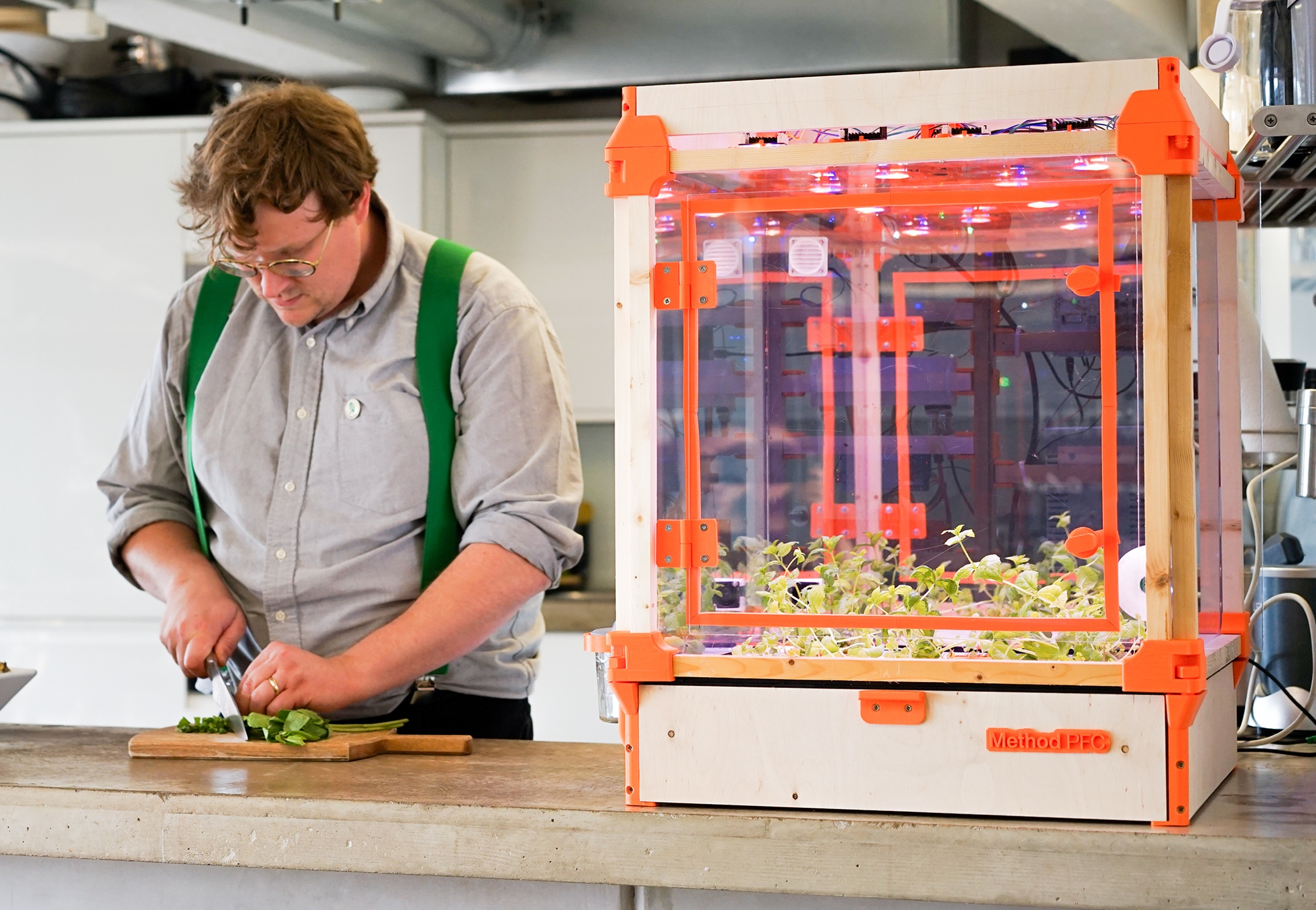
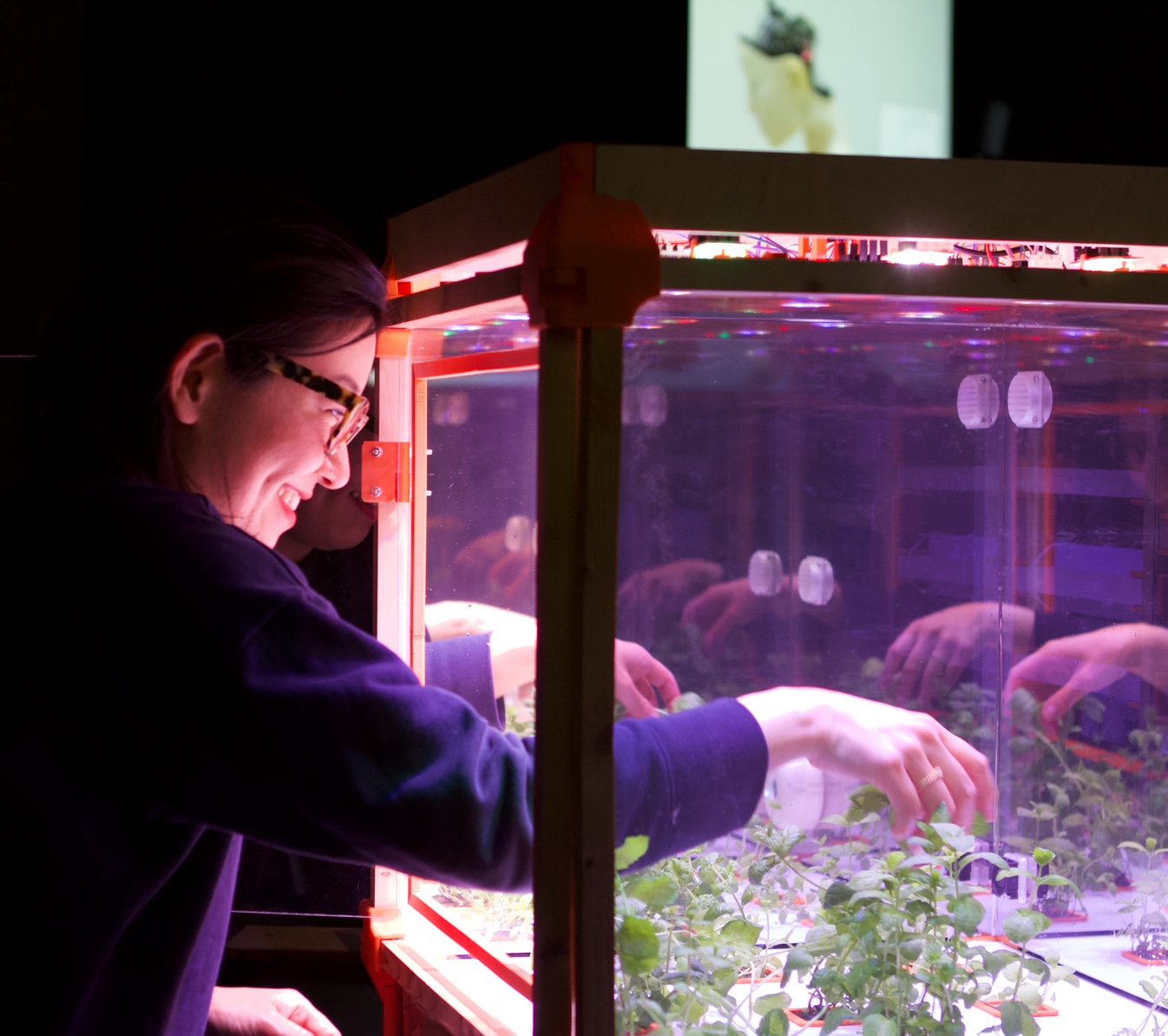
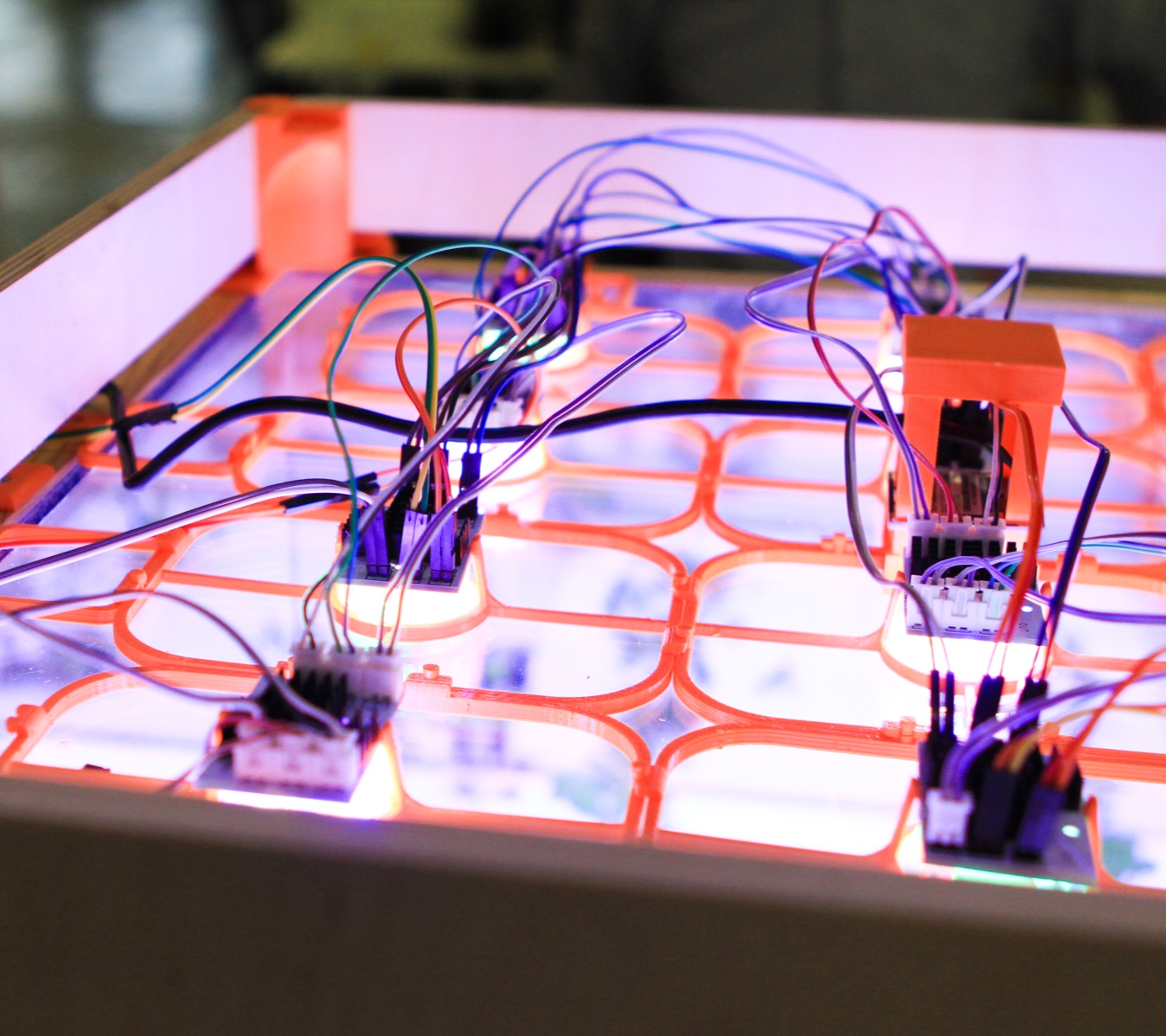
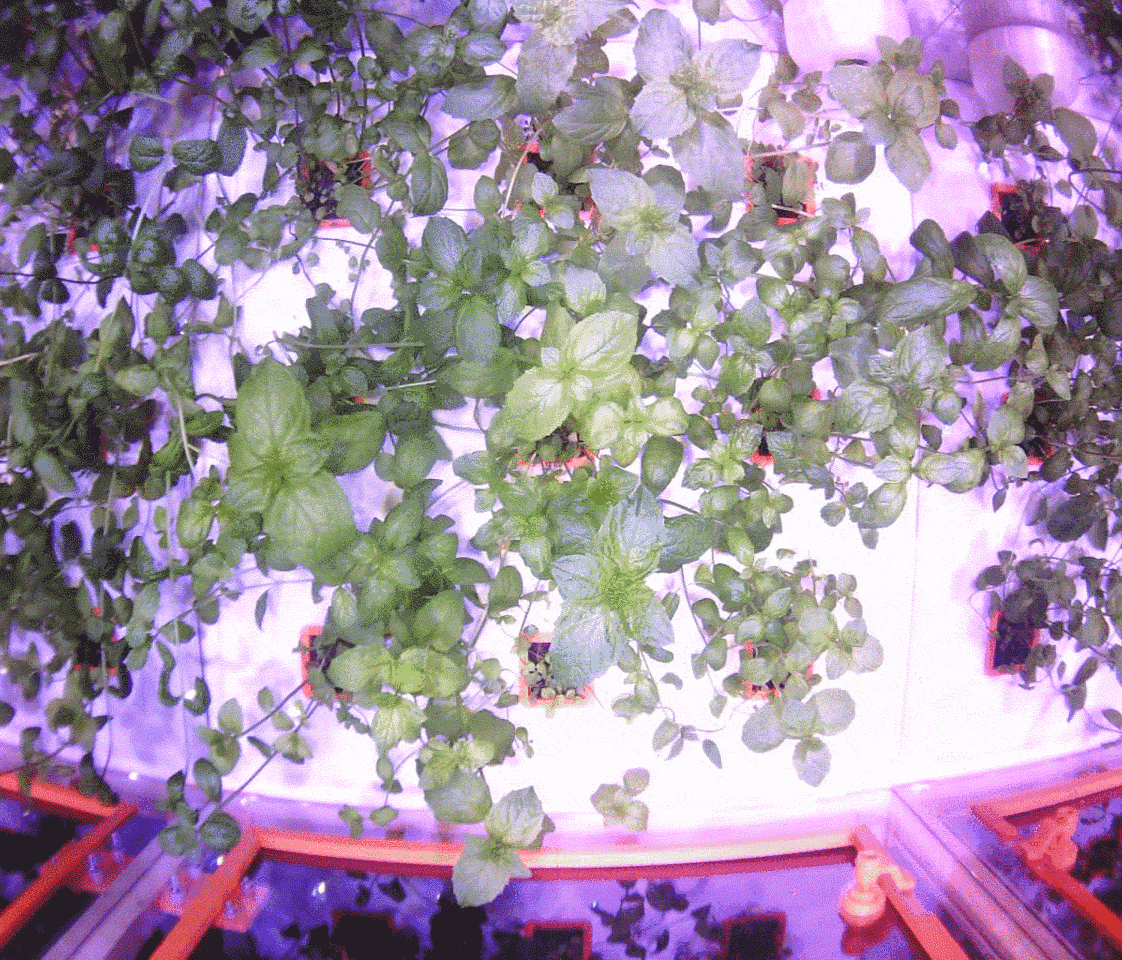
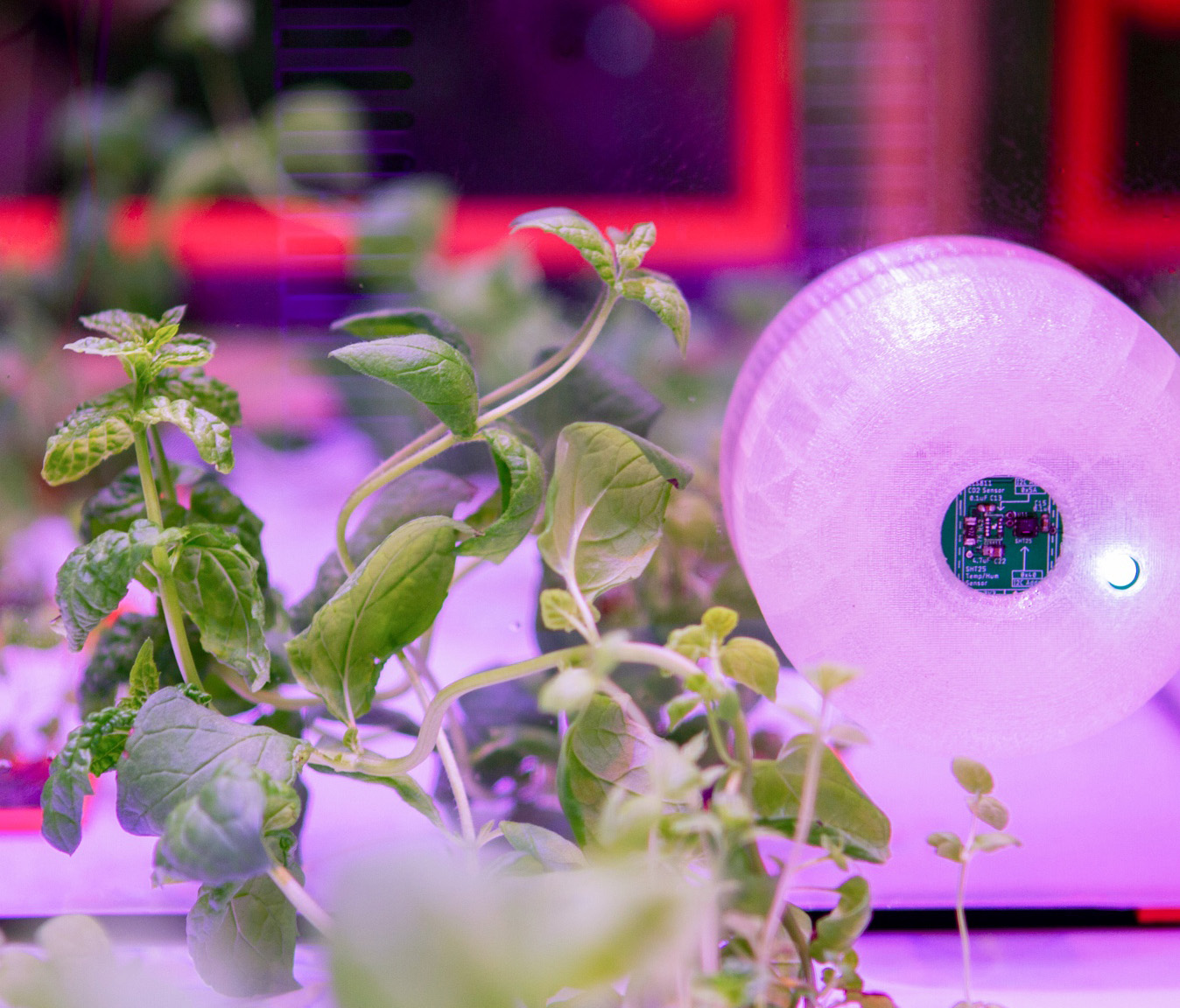
Barbican exhibition
Collaborative agriculture built on AI and robotics
Exhibited at the Barbican alongside MIT’s latest prototype, the Method PFC was used to demonstrate the relationship between AI and advanced robotics in agriculture and beyond. Tools like the PFC would allow populations to participate in gathering billions of data points of crop growth – much like the Human Genome Project from a decade ago. AI and machine learning can be used to power underlying decision-making engines that control agricultural robotic systems, like the PFC, that optimize growth to the millisecond. Open access to generating and retrieving data will revolutionize food production, and potentially invite a new era of collaboration.
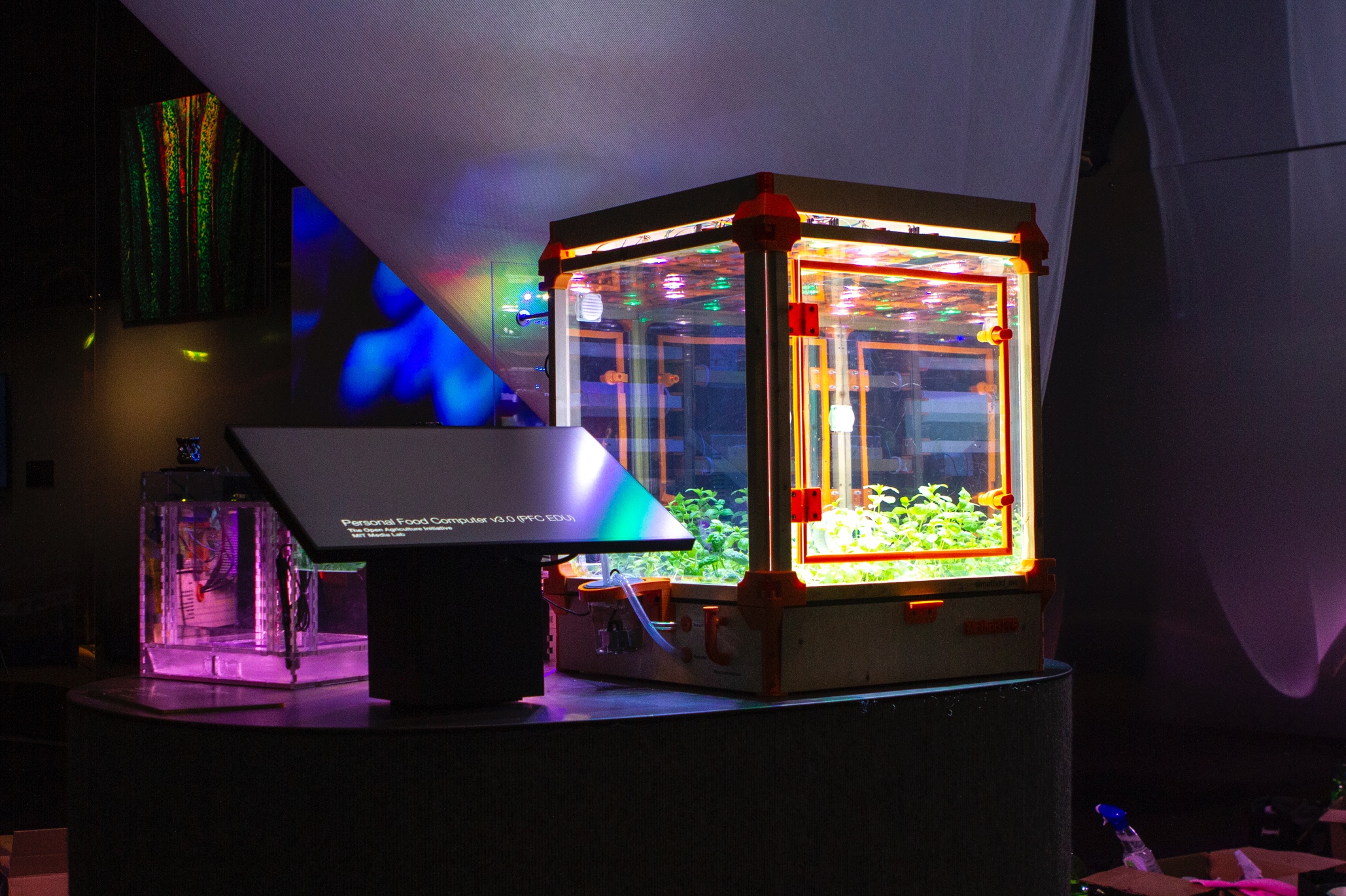
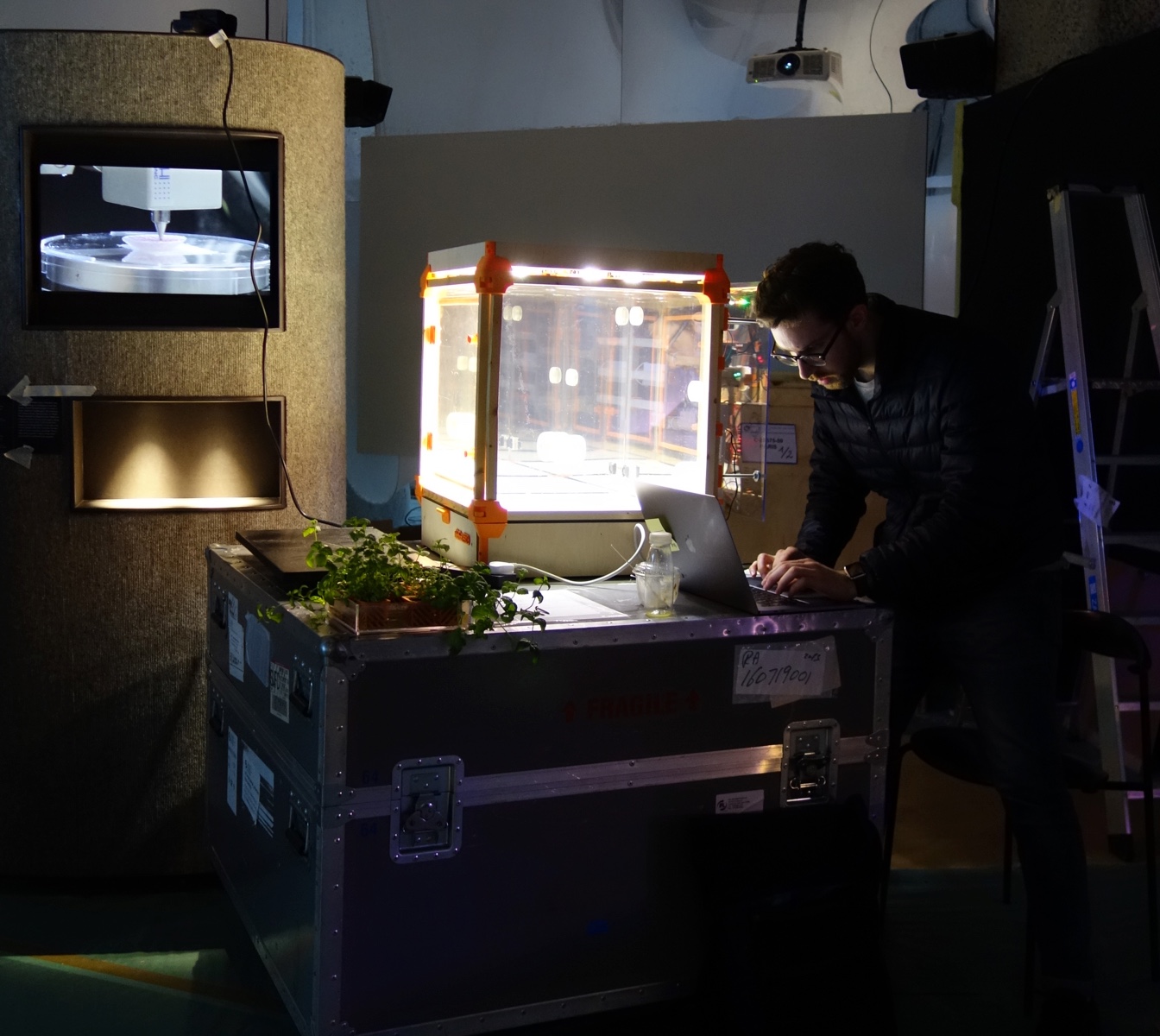
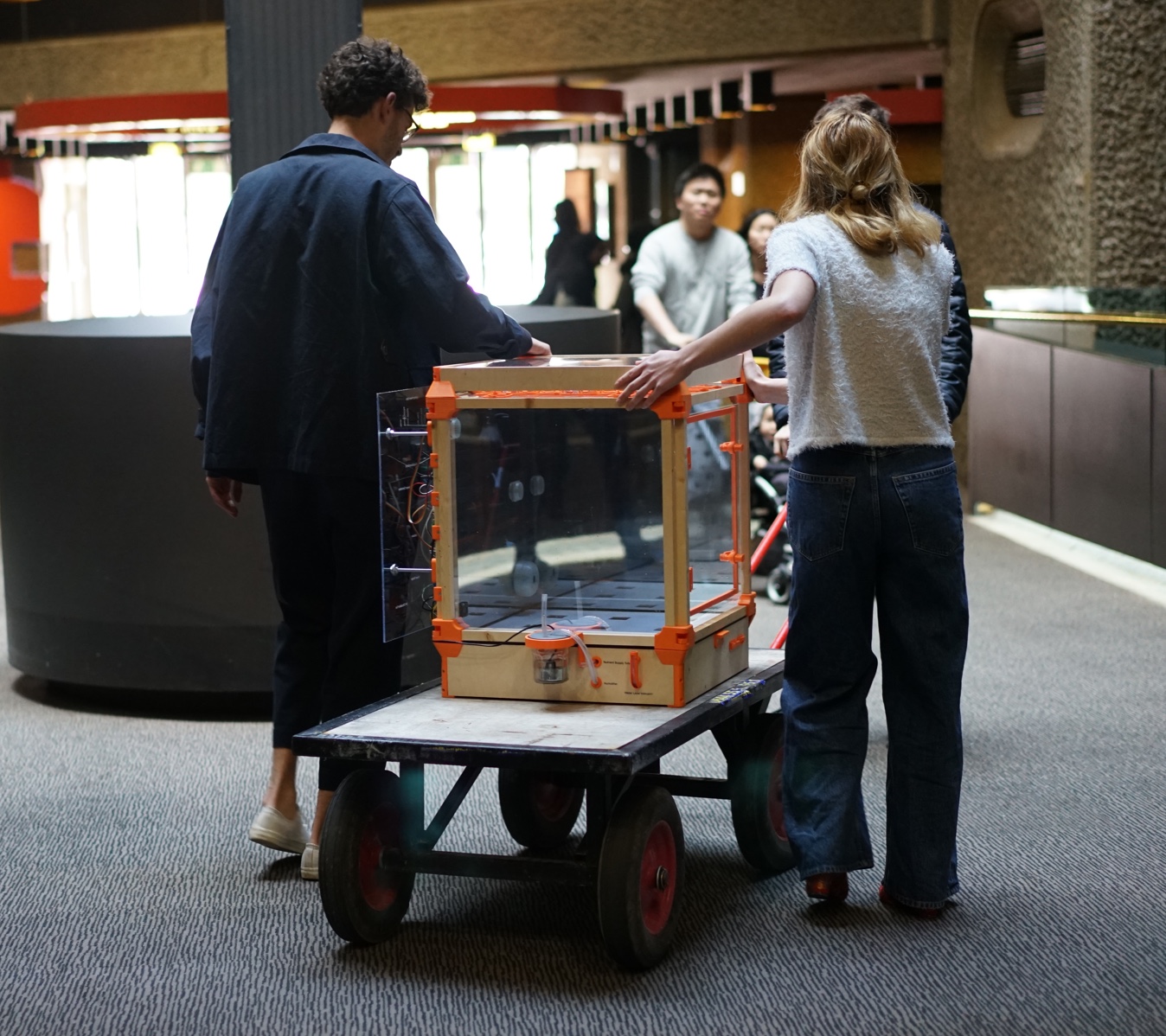
Open SOurce Plans
Designed for a new emerging community
While building the Method PFC, we felt there was a gap for hobbyists with less technical knowledge and without access to production facilities. We built the Method PFC with a set of core principles: use less resources, enable modularity, and make things simple. We used upcycled and local materials to reduce the amount of new resources needed for the build. We designed 3D printed modular components for easier adaptation, extending the product lifespan. We also switched to more common components to make it more accessible for hobbyists.
For more technical details (or to build your own), see the mPFC’s open-source documentation, available for free public access.
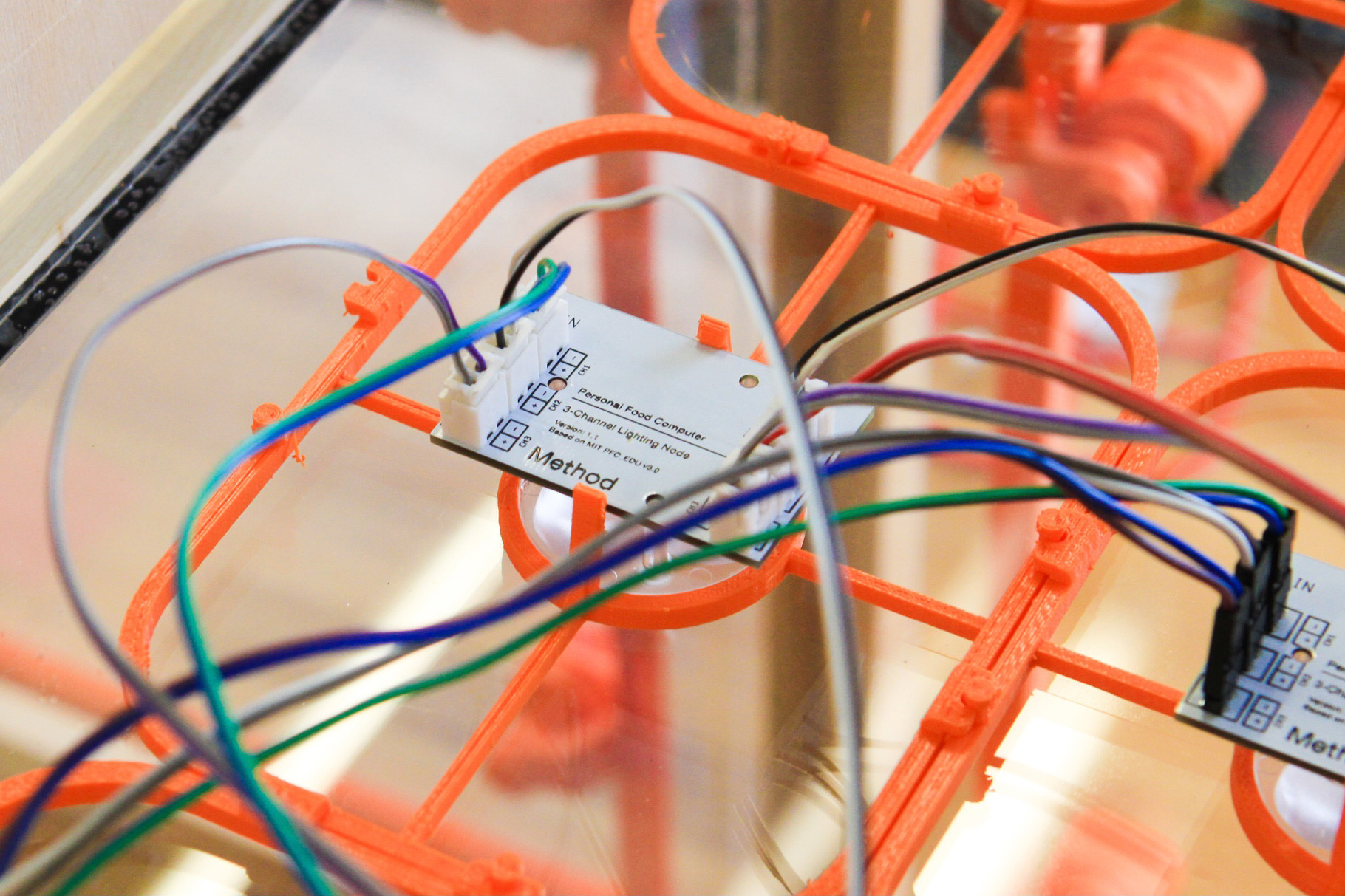
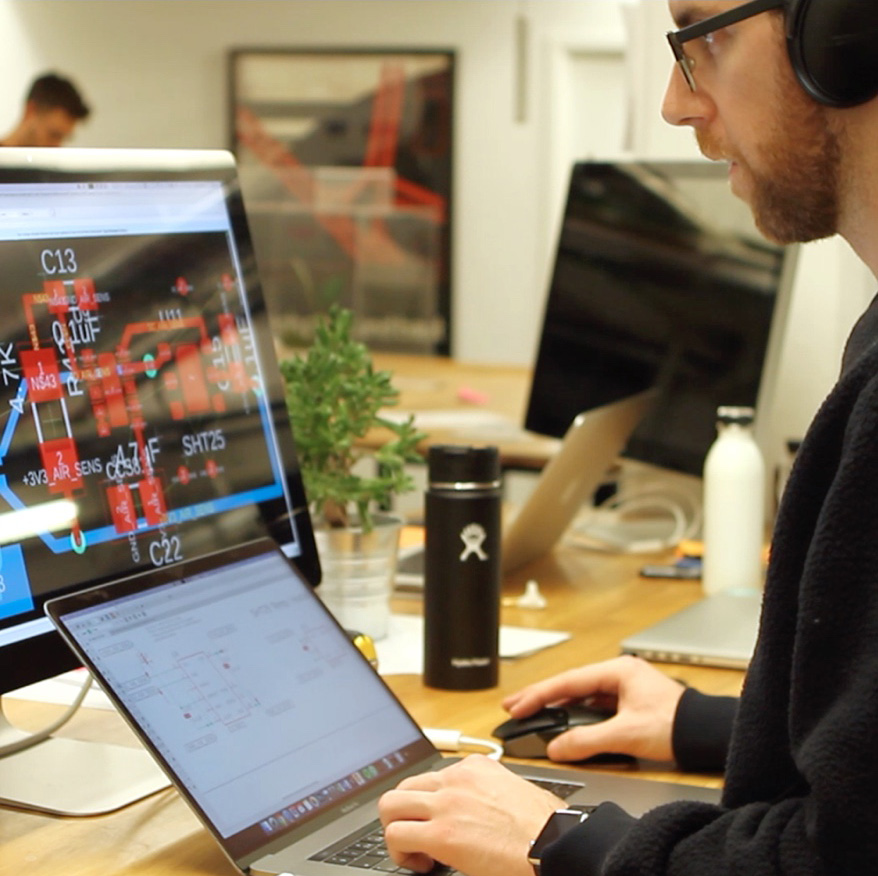
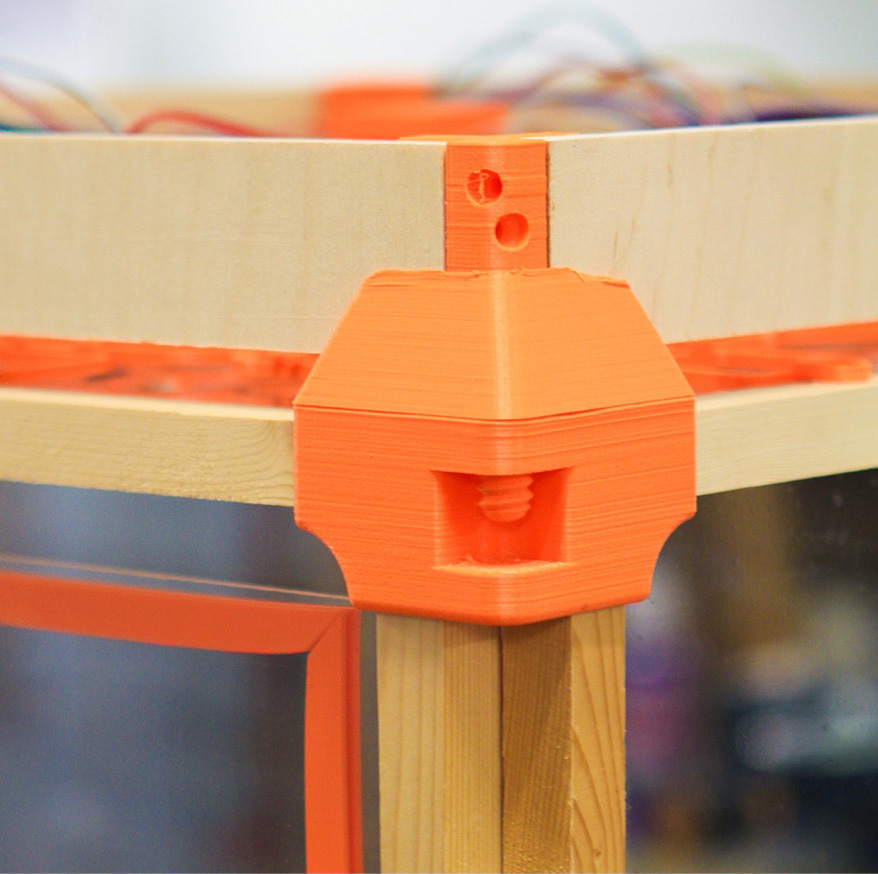
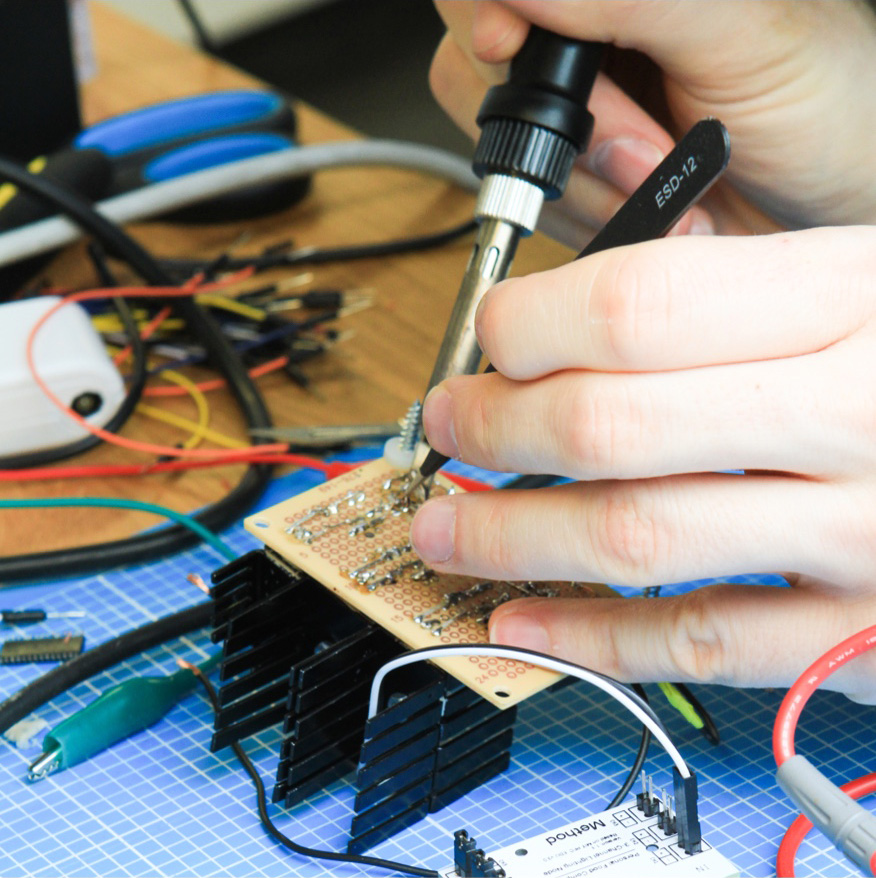
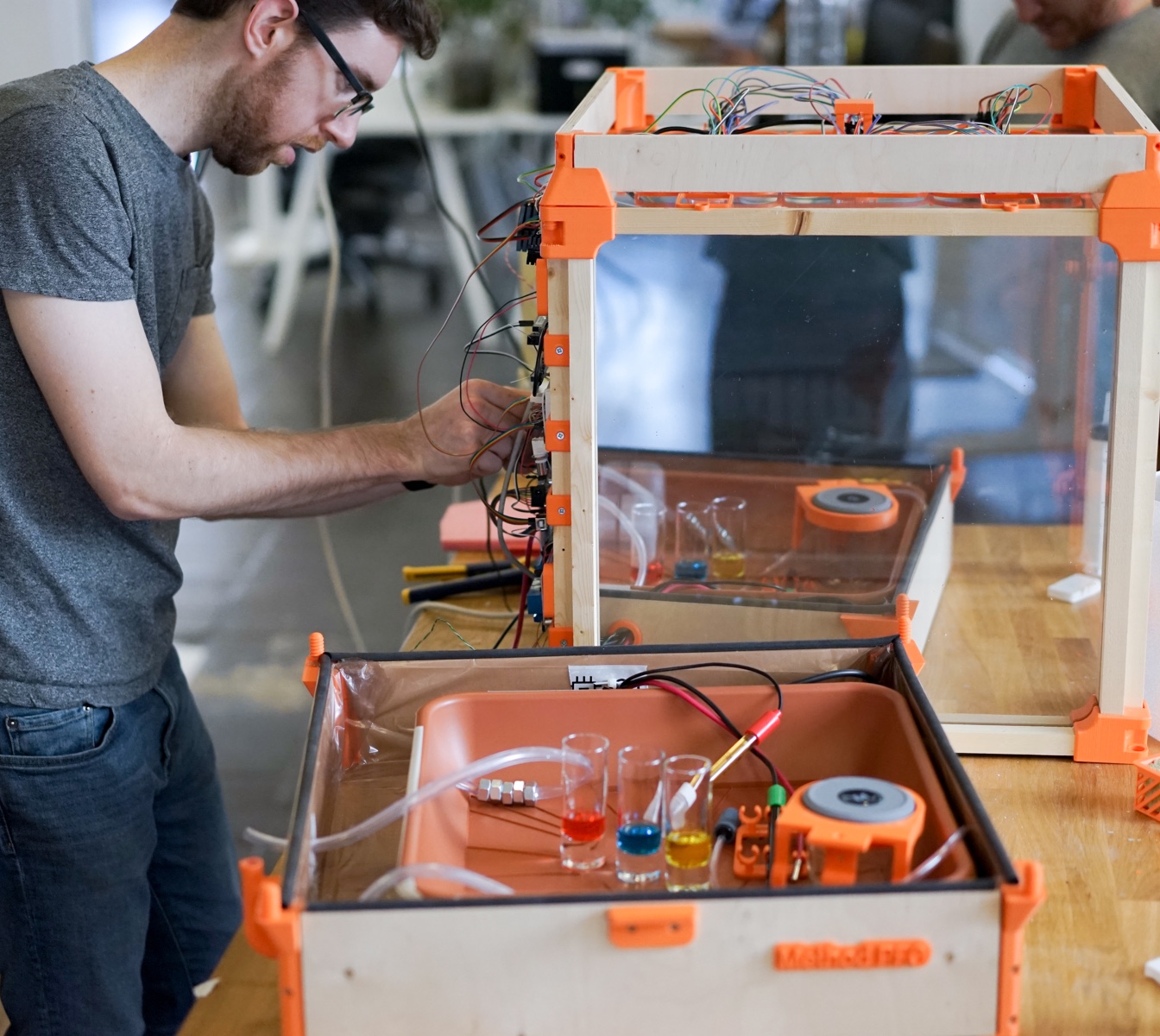
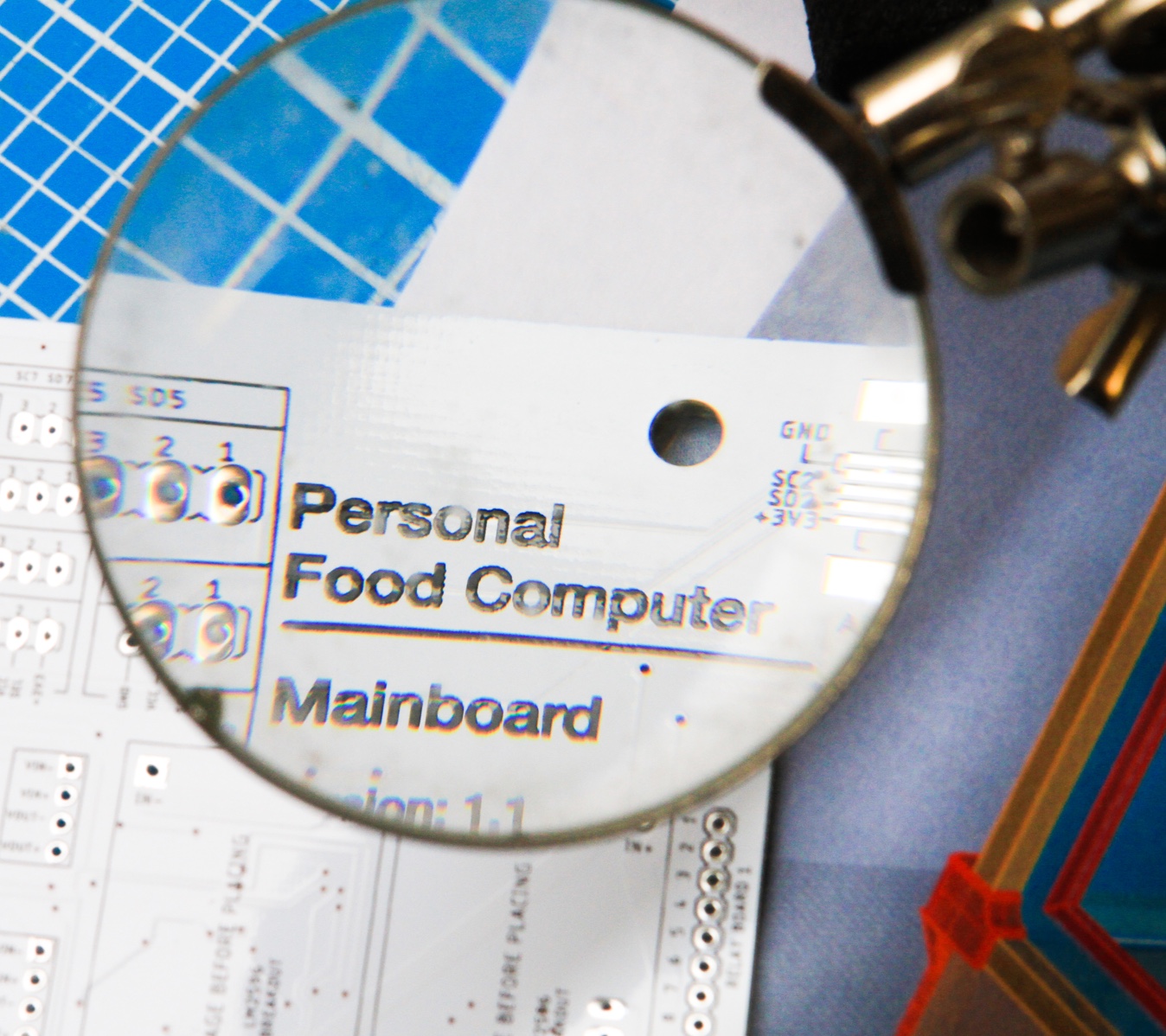
Part 2
Food Assembly
Overview
Can radical future scenarios help us make better decisions today?
In efforts of provoking more engaged thinking, we set out to challenge a public audience using speculative design. We launched Food Assembly — a three-day immersive exhibition at the Barbican Centre in London exploring radical futures of food and our agricultural system. We showcased three different future scenarios, using them as a proxy to encourage debate about big questions we face today and existing macro-trends.
See us in action on BBC Click.
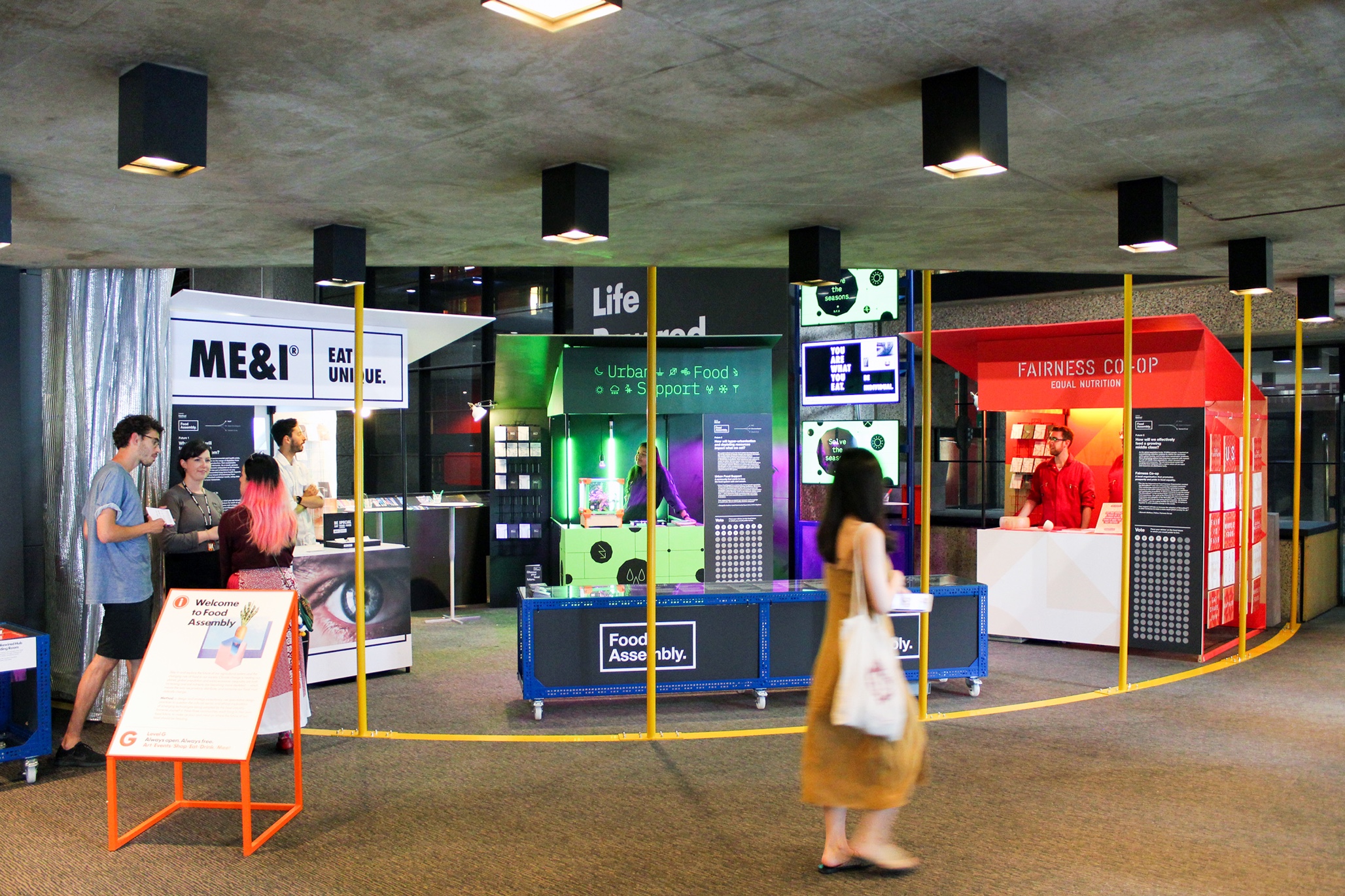
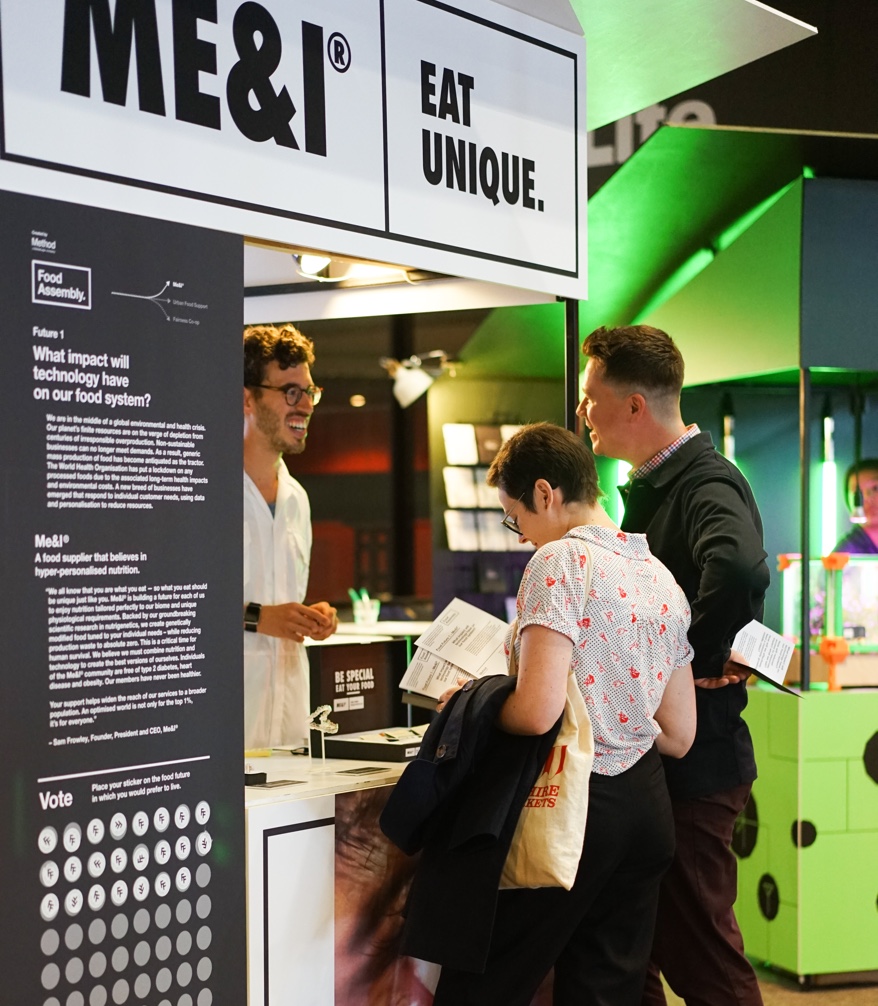

Will technology save our food system?
Me&I® is a technology-first food supplier that believes hyper-personalized nutrition and offers subscription-based genetically-engineered meals. Would you relinquish control over what you eat with the promise of longevity?
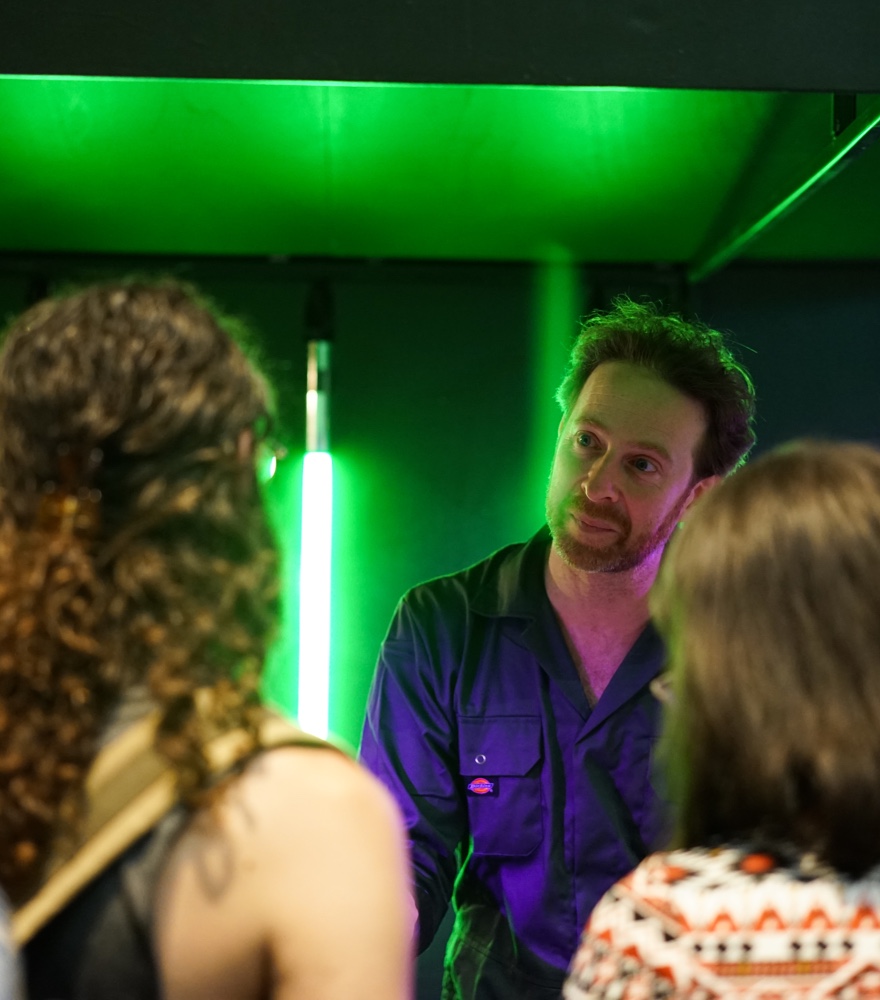

How will hyper-urbanization and depleting resources impact what we eat?
Urban Food Support exists in an era of mass urbanization after the collapse of any centralized food system. The world’s urban citizens look to themselves to produce their food, but the lack of expertise and governance has given rise to coercion. Would you rely solely on your neighbors to grow the food you eat?
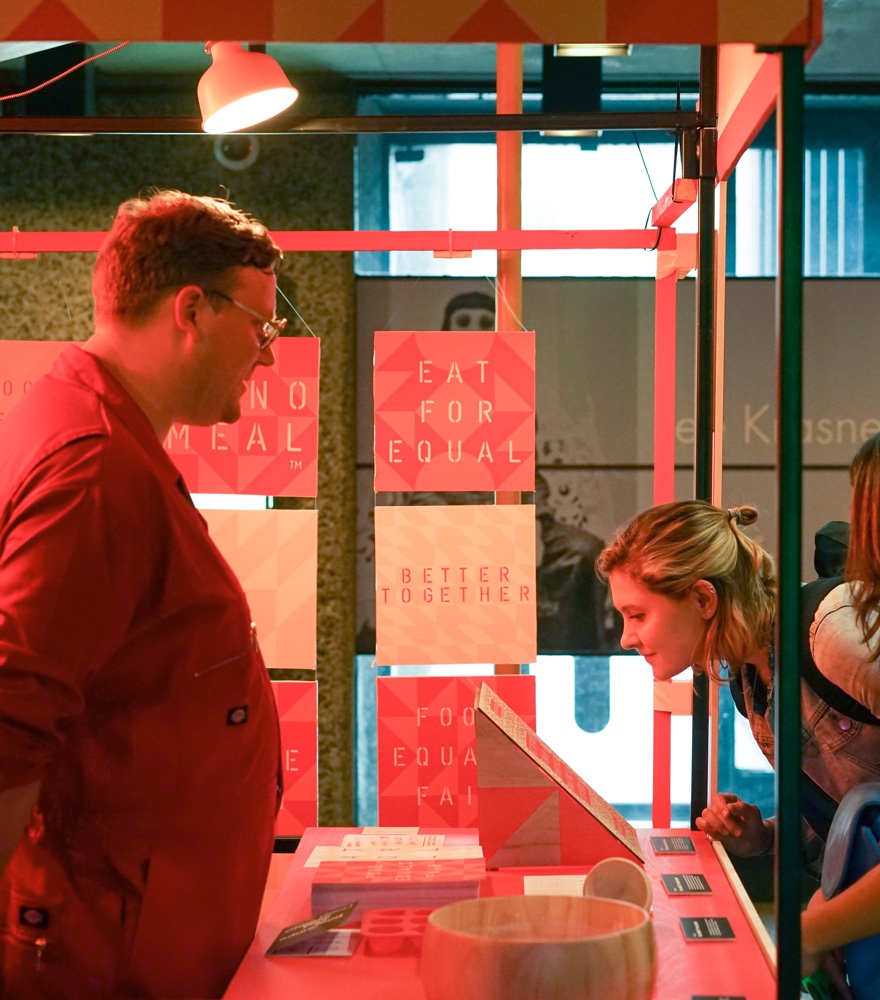

How will we effectively feed a growing middle class?
The Fairness Co-op is a local organization seeking to solve the resource crisis of a 10 billion-person planet. They believe that a fair and equal lifestyle lies in ensuring we all eat the same thing: MonoMeal™. Would you give up culinary diversity to ensure complete fairness?
Exhibit Experience
Speculative design meets performance art
Acting as a representative of each future community, my team and I immersed participants in experiential storytelling, sharing the new norms of our everyday future lives as demonstrated by tangible artifacts. We asked the 900+ people that visited the exhibition to vote for the future they’d prefer to live in, and collected their thoughts on how they would change the present food system after engaging in stimulating conversations about the future.
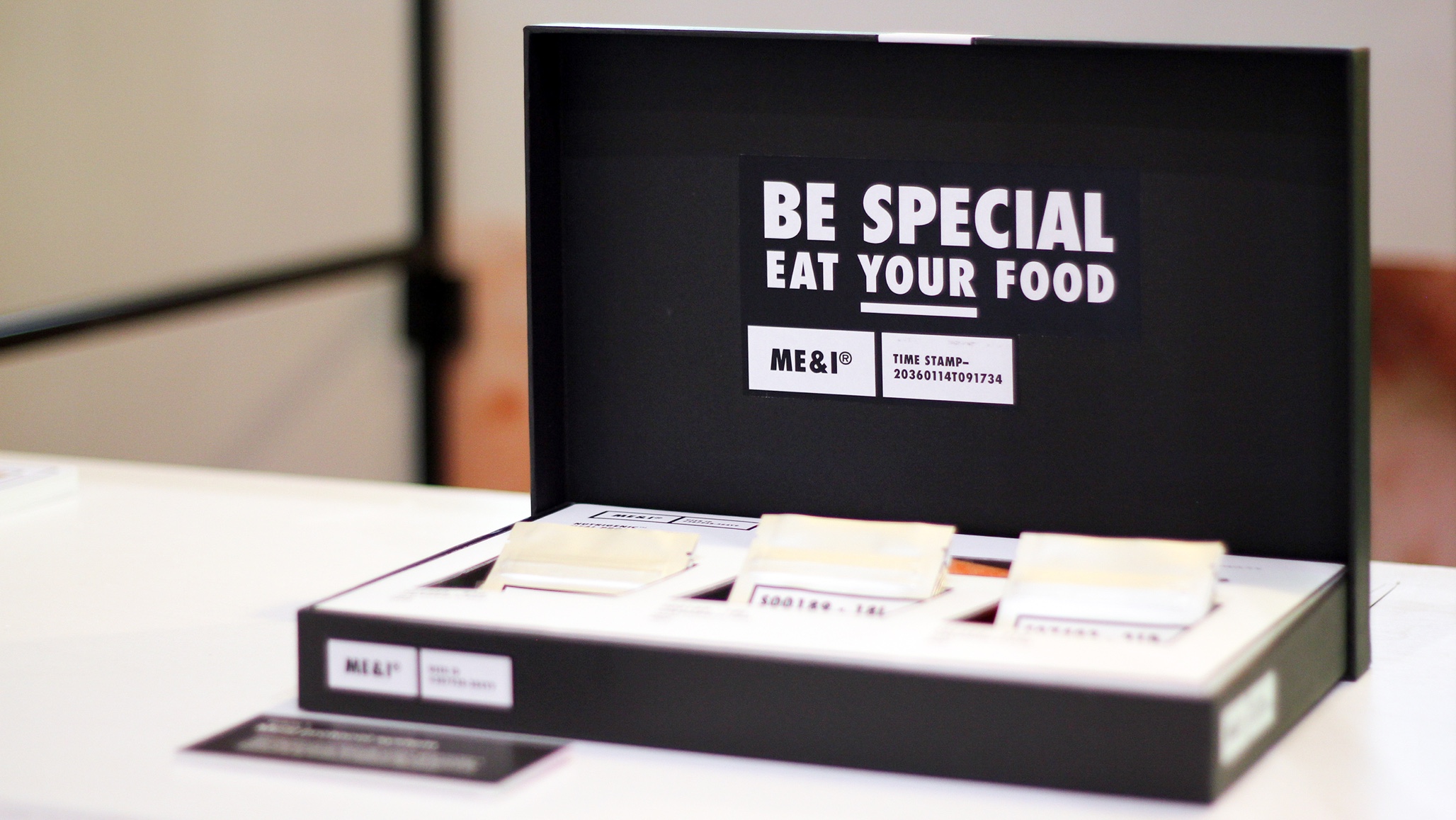
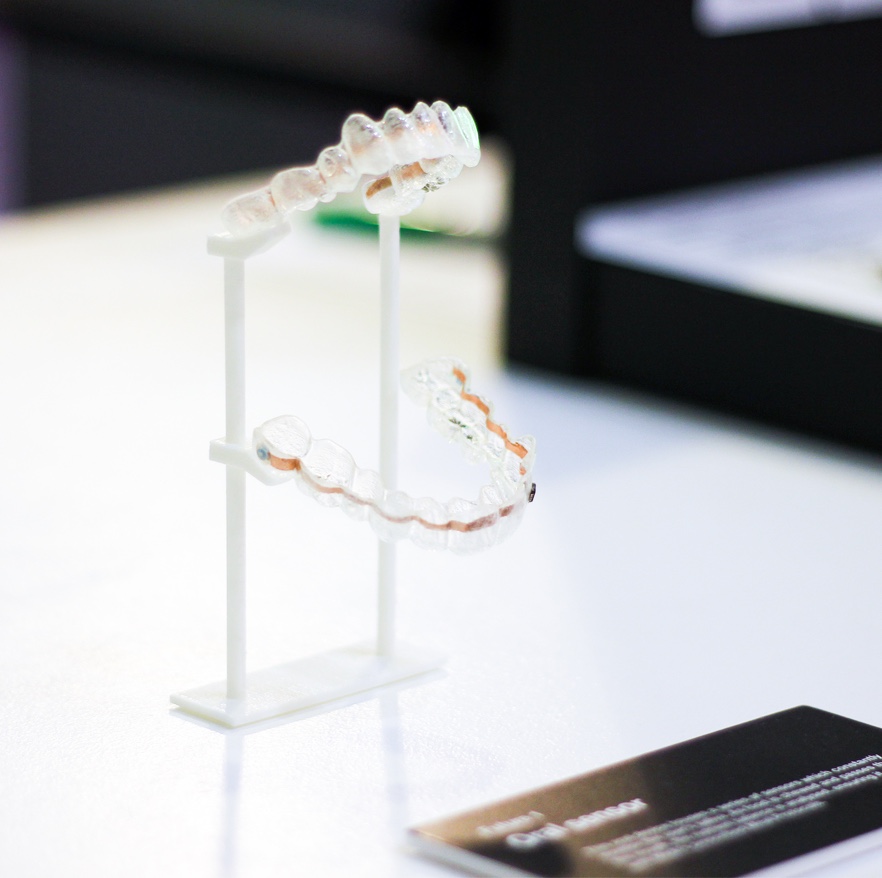
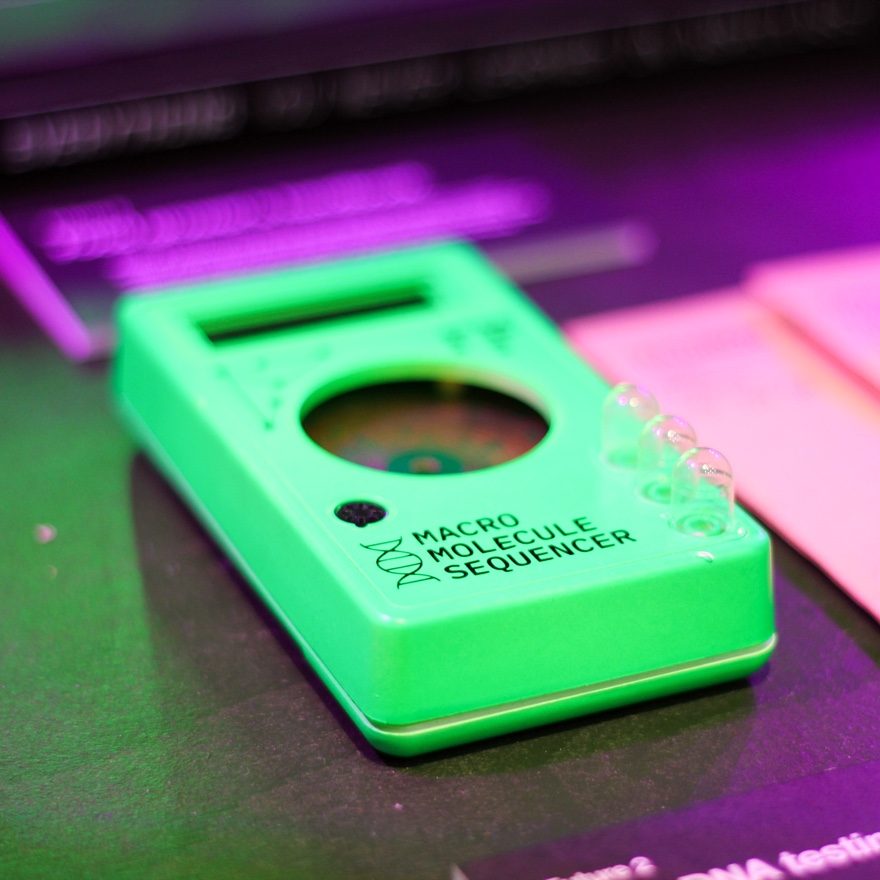
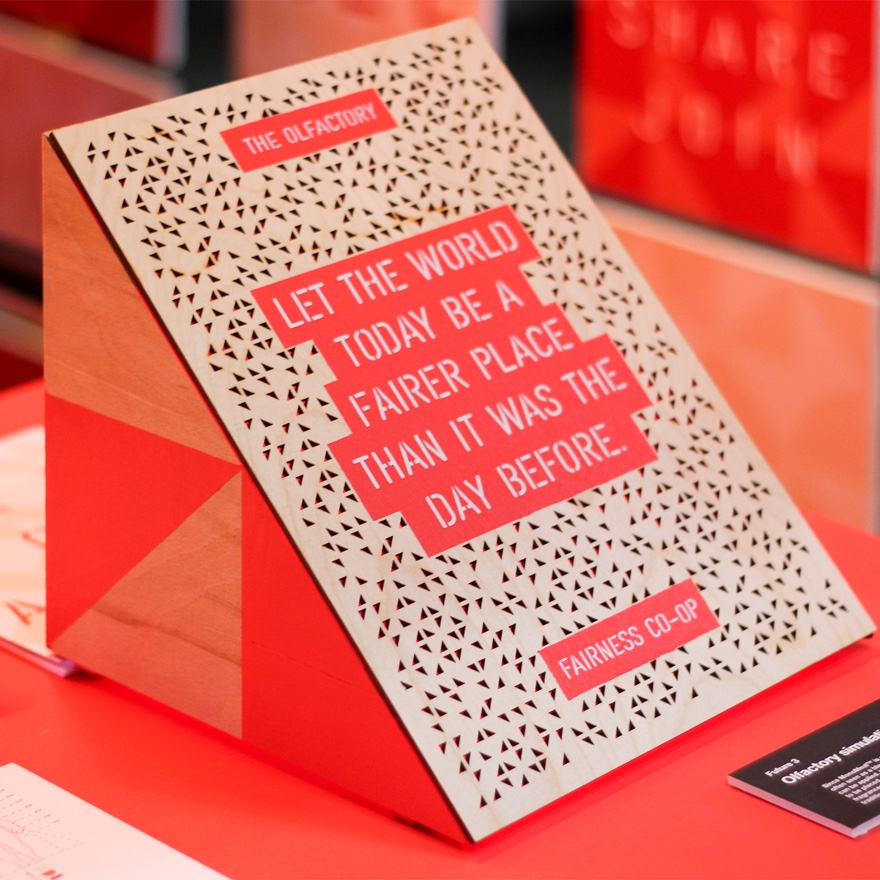
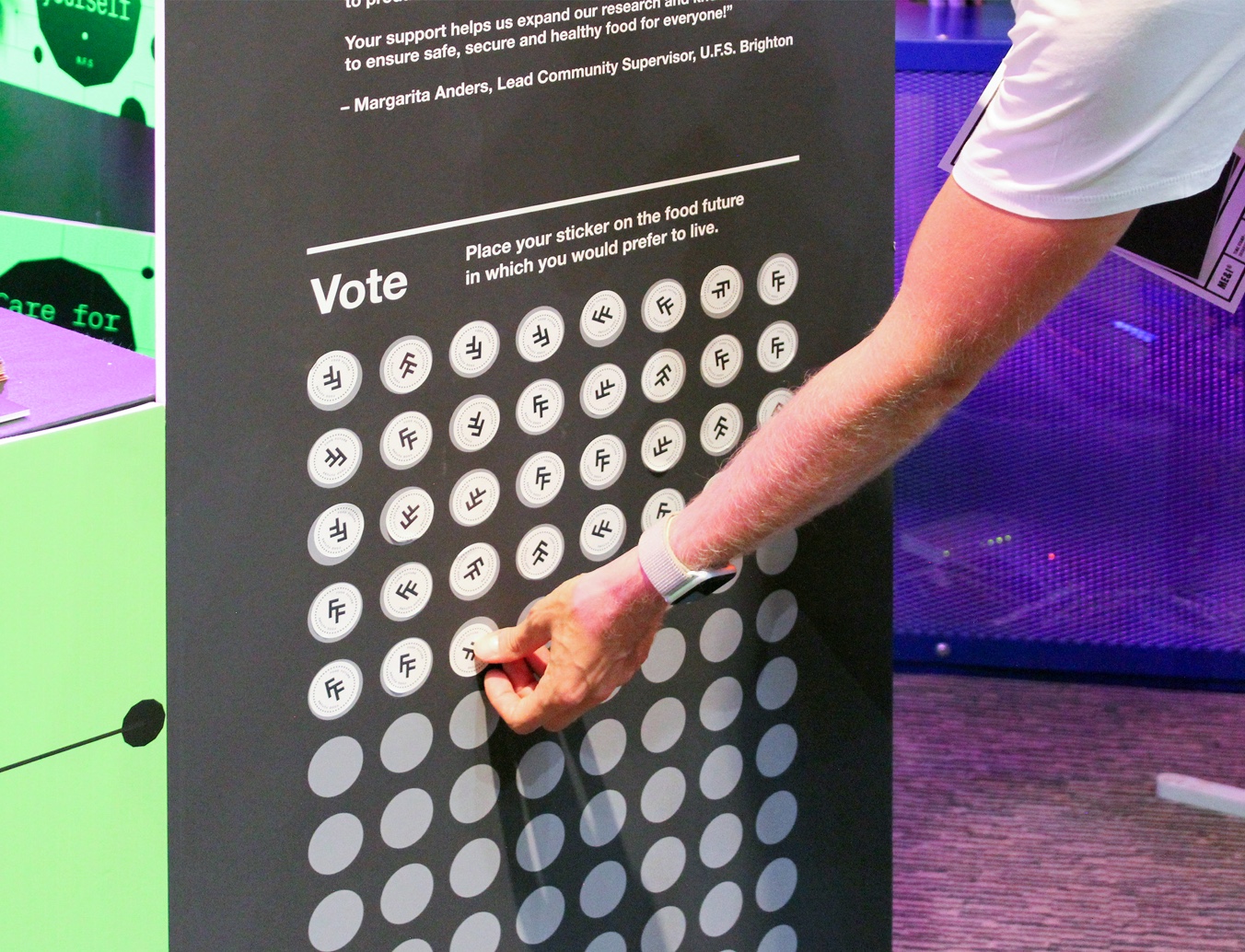
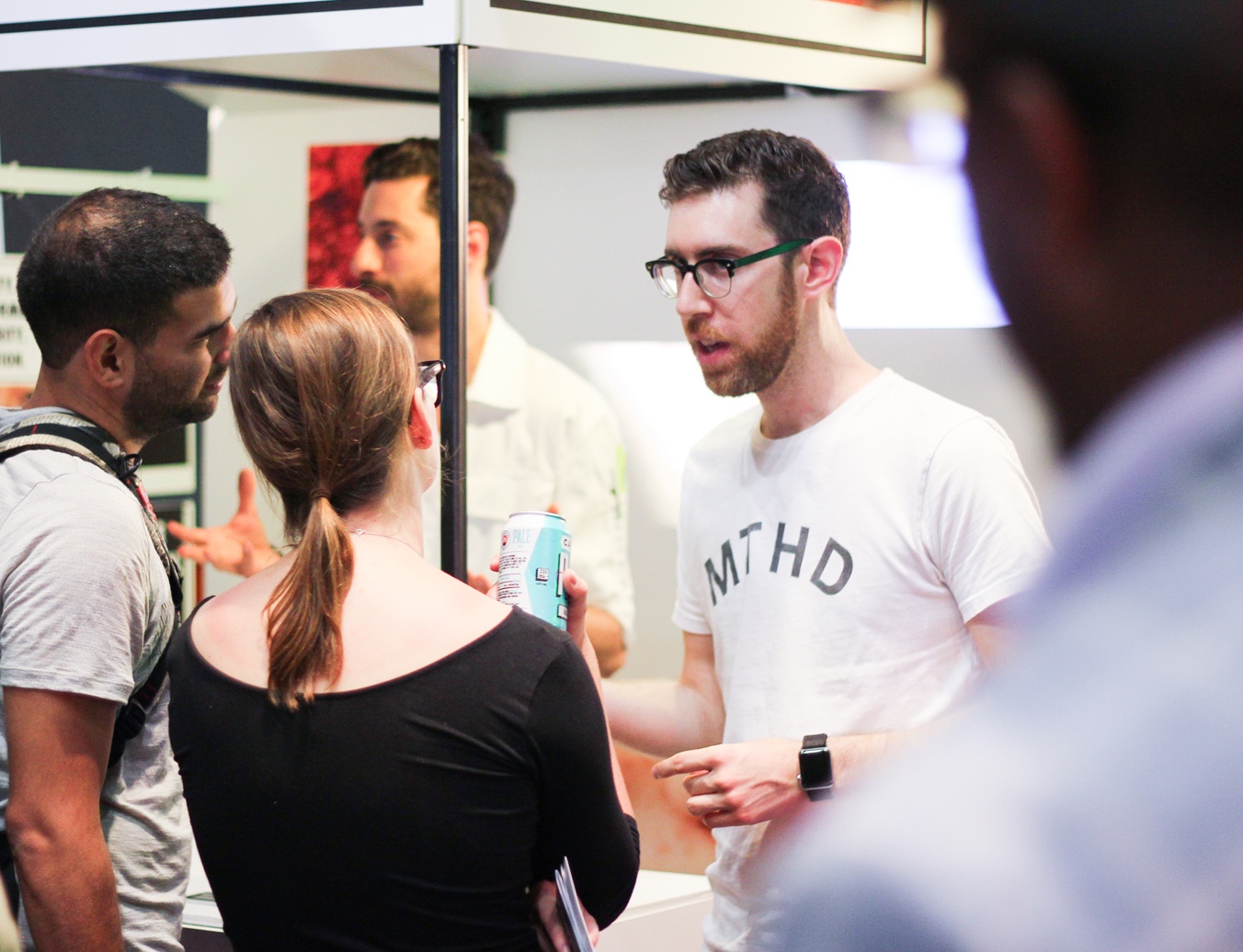
Outcomes
Novel ideas are born from diverse discussions
When introducing cognitive dissonance around the topic of food, many people became emotionally charged and found themselves defending beliefs they may not have known they were so passionate about. The stories we created were rich but intentionally narrow, which invited people to mold and bend them along with us during our conversations. Participants were unknowingly co-opted into becoming speculative designers as soon as they began playing along with the performance. Engagement was very high, and many stayed for 30-45 minutes to speak with us.
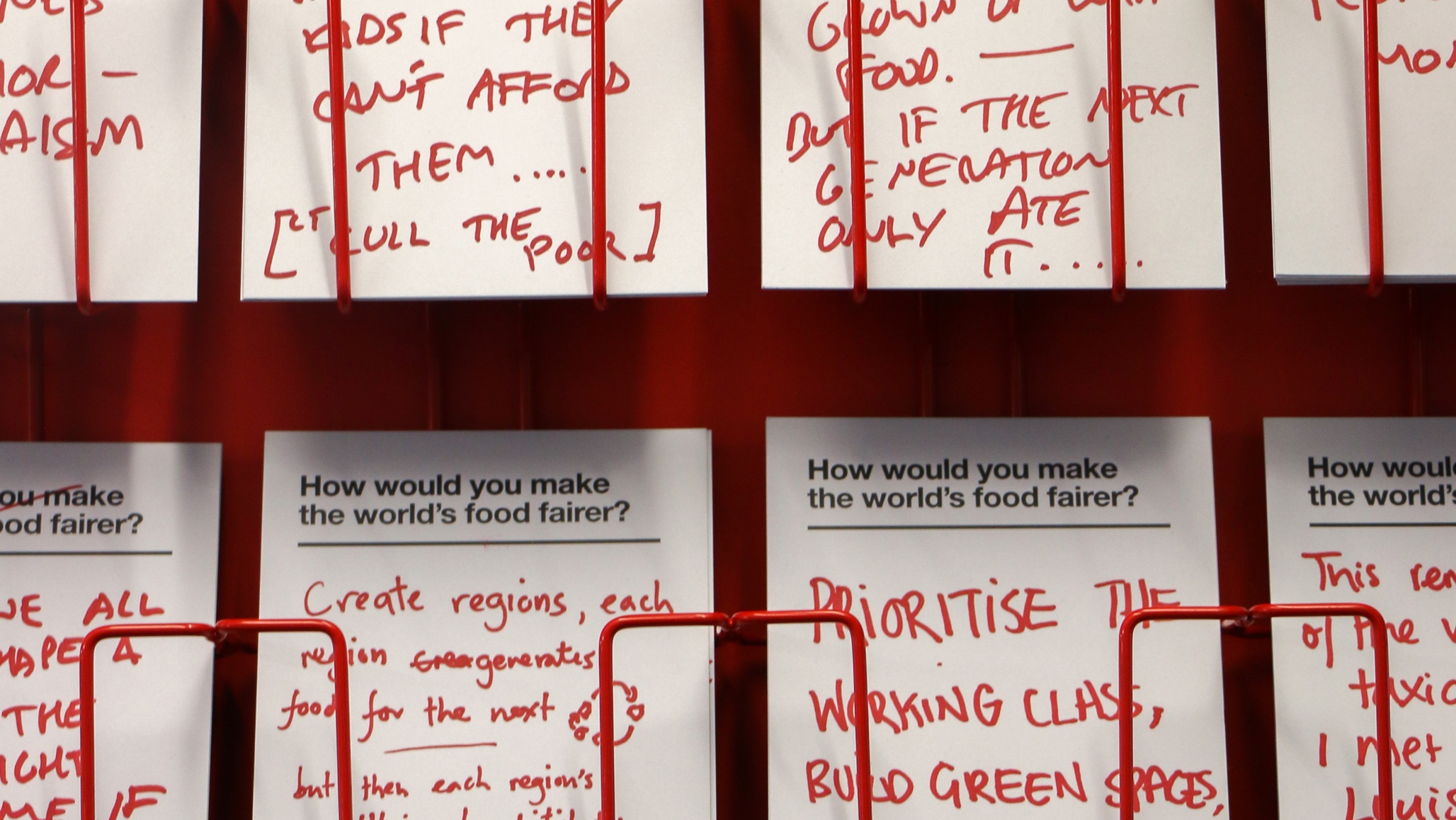
Media Coverage
When our food is at risk, people listen.
I was fortunate enough to speak on behalf of the project with a variety of media outlets. We quickly learned that food is a topic anybody can connect with. We saw the media attention we received as part of the experiment and exploration – encouraging more people to challenge their own perceptions of food, and to pay attention to where it comes from.
Part 3
Connected Food Network
Overview
Systemic problems can only be solved collaboratively
As we worked to find our voice in a sector we weren’t experts in, we realized the critical role a strategic design consultancy can serve to promote positive change. One common thread of any client-based relationship is enablement. Our work enables clients to solve a problem (or many), thereby allowing them to own a piece of the future. Rather than us focusing on owning one small element, we found our strength in connecting voices and building a community – effectively enabling others through exposure to each other with the right kind of conversations.
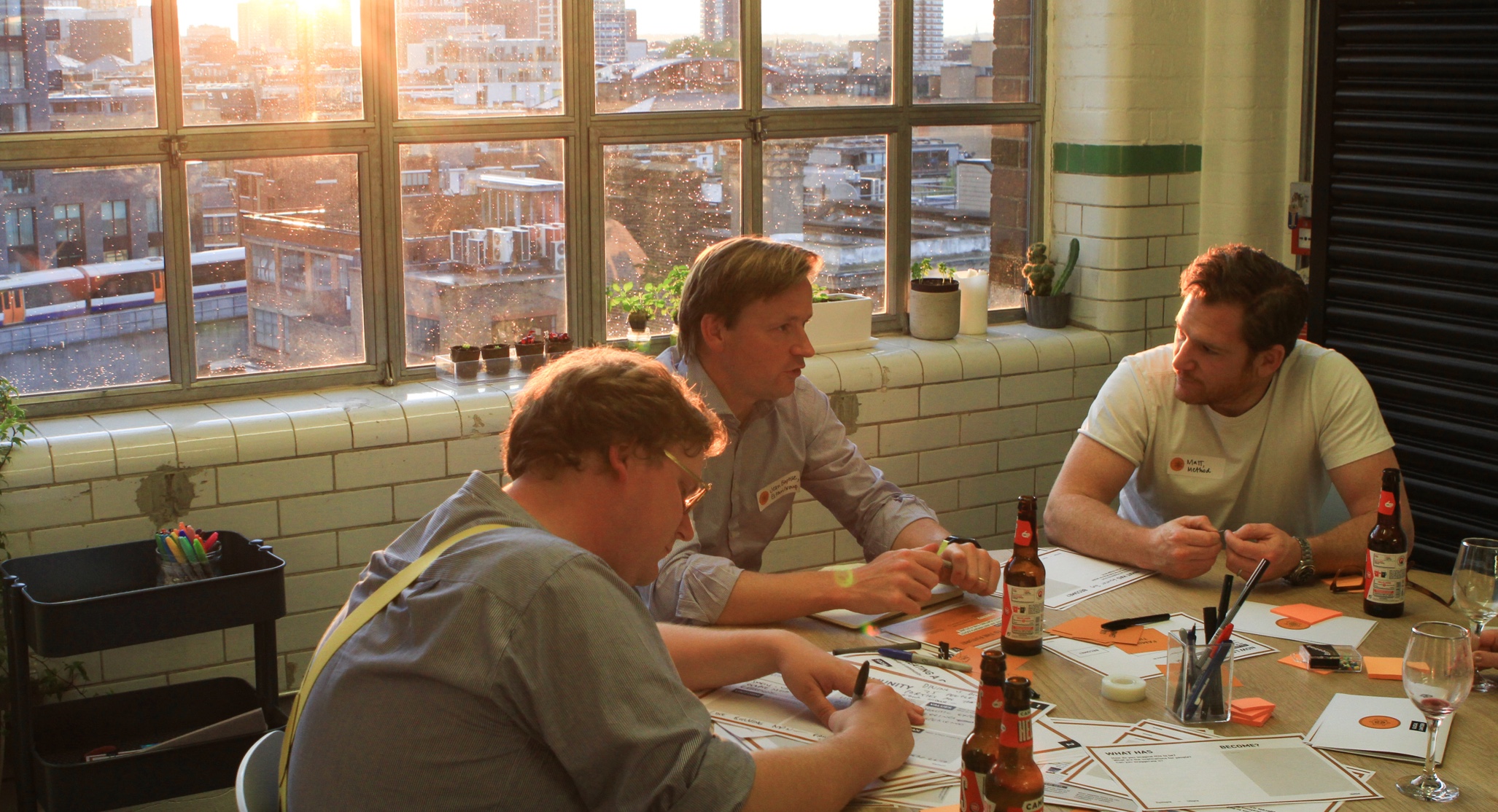
Panel Discussion
Examining the near-term future of agriculture
We assembled a team of subject matter experts to publicly debate the impact that technology and ubiquitous connectivity will have on our food systems. The panel brought together cross-industry experts ranging from private equity to robotics, data, and farmers to explore tomorrow’s biggest challenges, and how we might reimagine the systems causing them.
Panelists
Ali Morrow
Principal, Astanor Ventures
Richard Anscombe
CEO, Fram Farmers
Lindsay Suddon
Chief Strategy Officer, Proagrica
Sam Watson Jones
Co-founder, Small Robot Company
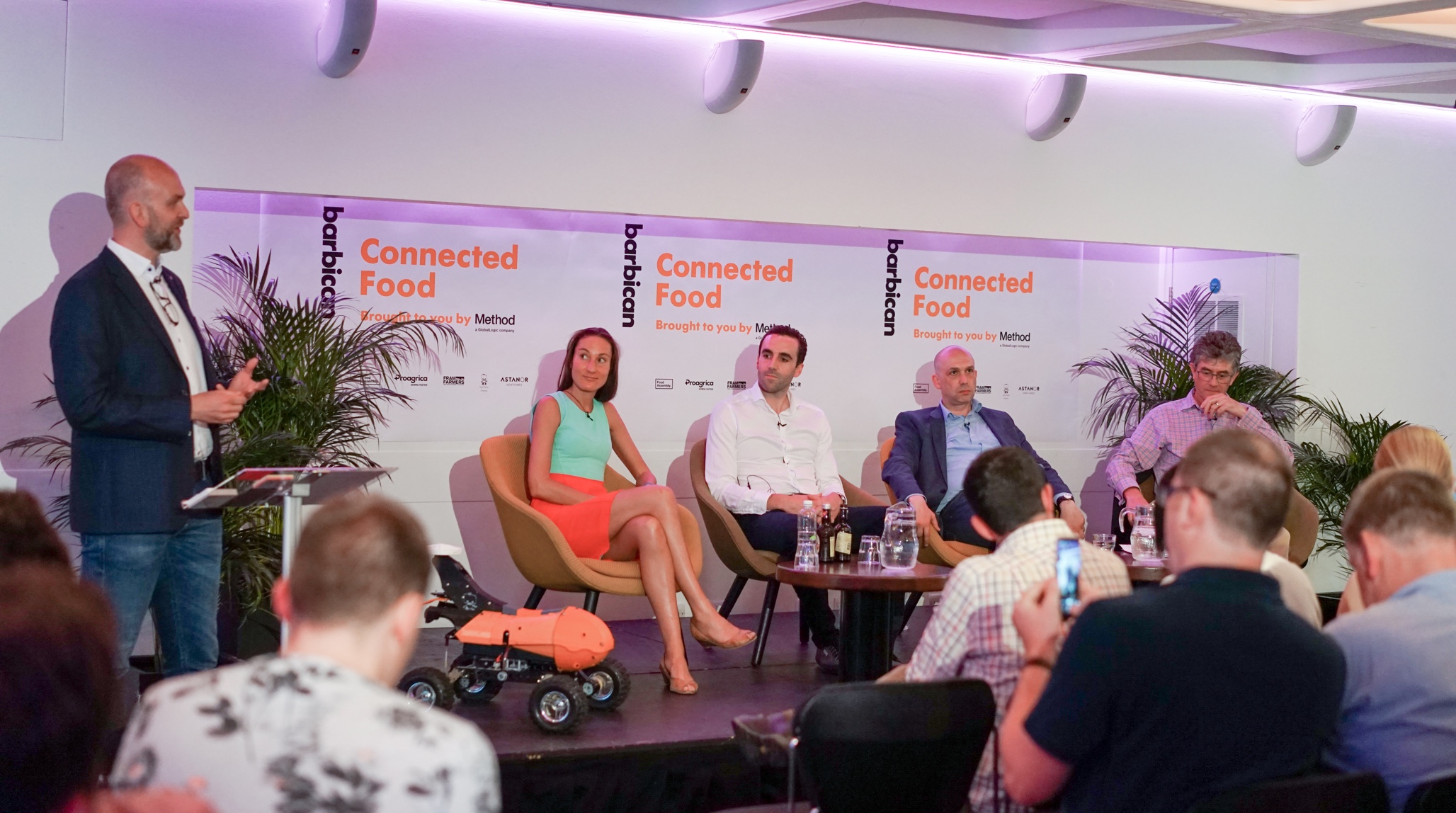
Collaborative Workshops
Connecting everyone, from farmer to technologist
Connecting everyone, from farmer to technologist
Throughout Connected Food, we built networks with people at all stages of the food system, and those that wouldn’t even consider themselves a part of it. We hosted a series of speculative design-driven co-creative workshops with experts in urban and field farming, agri-tech, climate-tech, blockchain, investment fund management, and more. These sessions have built tremendous excitement with participants, with commitments to keeping ongoing conversations and examine potential partnerships. The community we started is the piece of the Connected Food initiative we see having the most realistic and immediate impact.
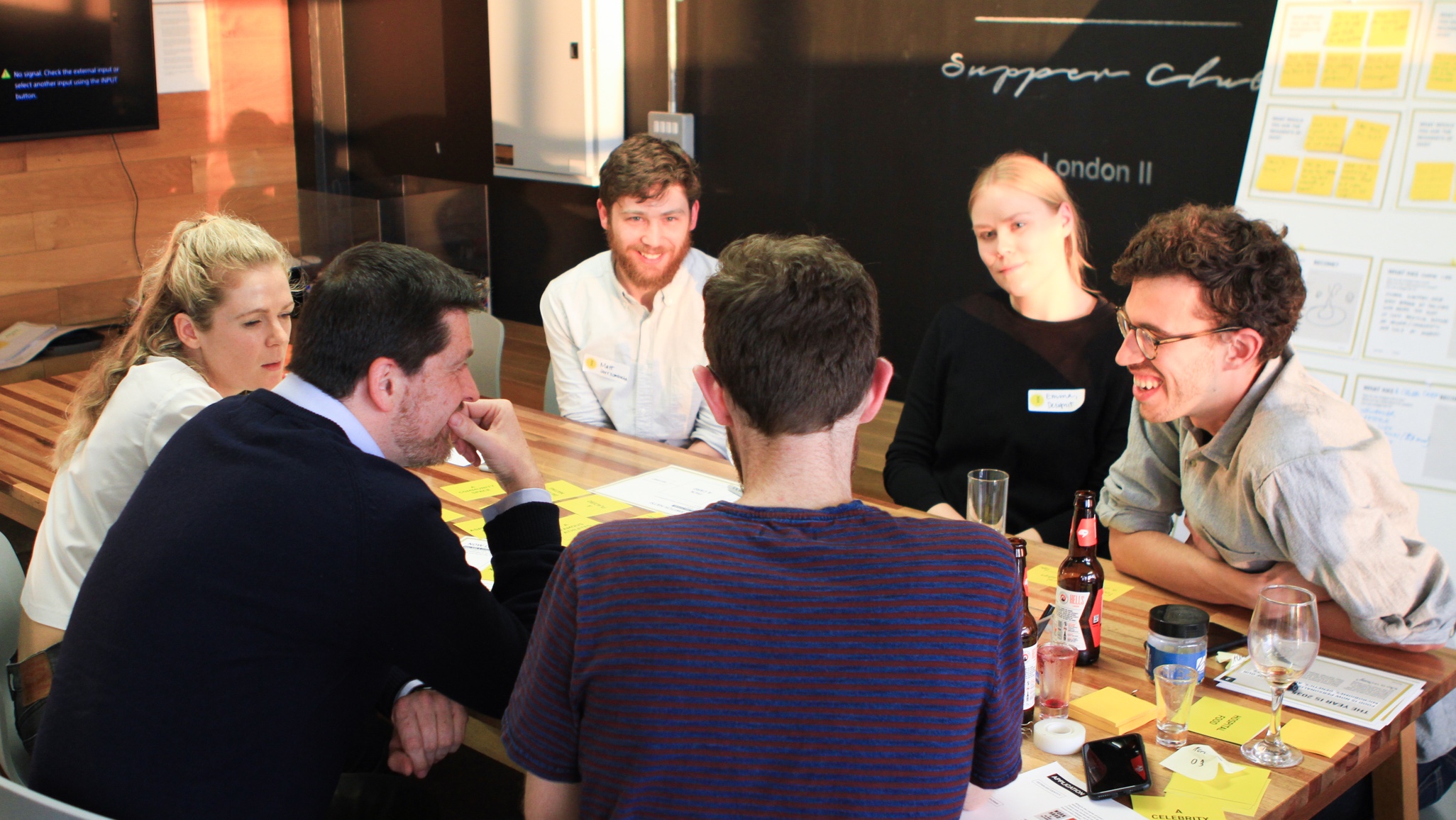
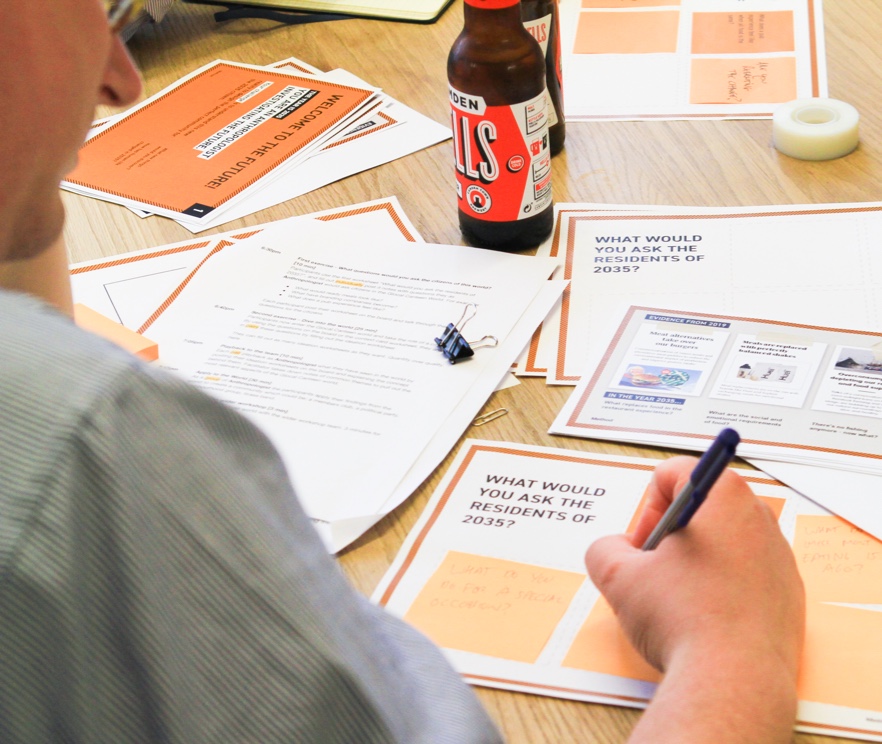
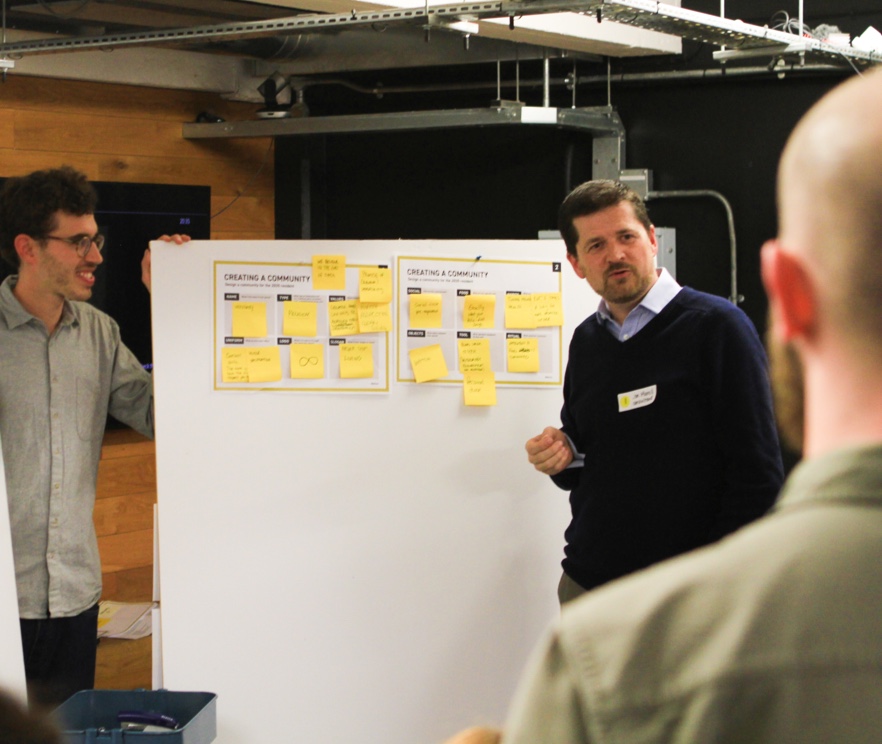
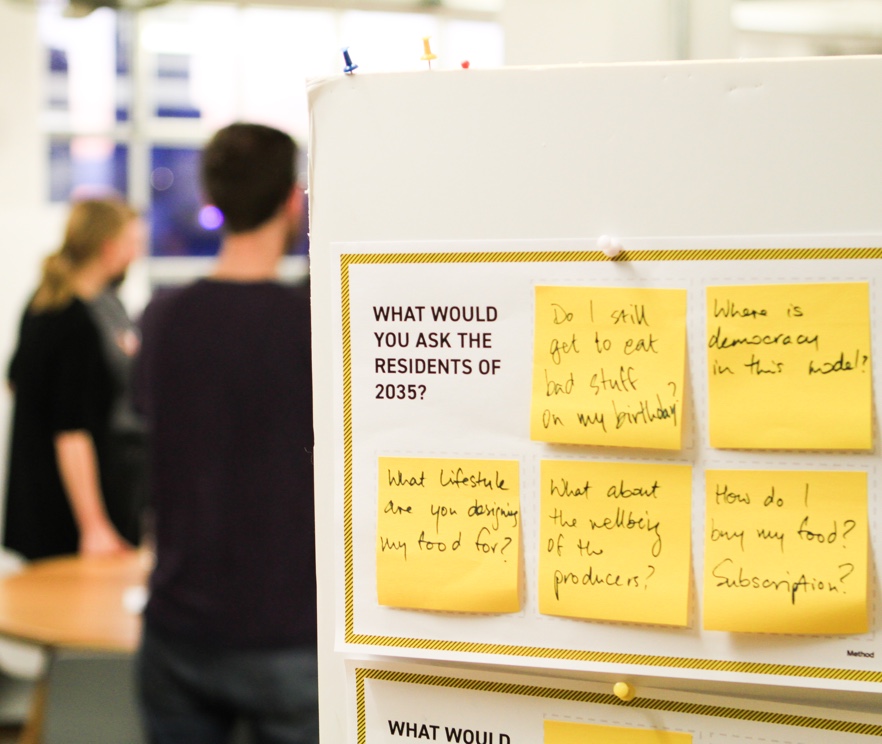
Project Impact
50,000 visitors of the Personal Food Computer
900+ participants in the Food Assembly
A growing Connected Food community in the United Kingdom
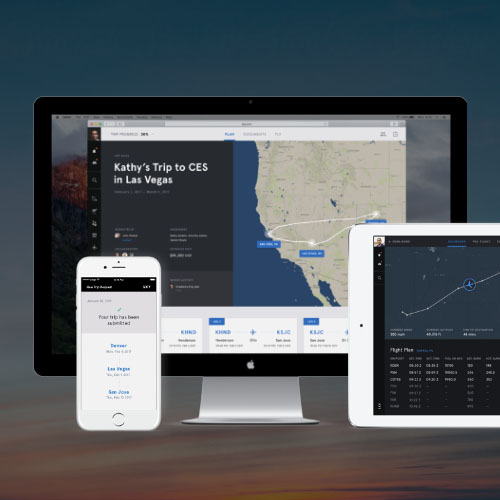
Aviation ClientProduct and Service Ecosystem
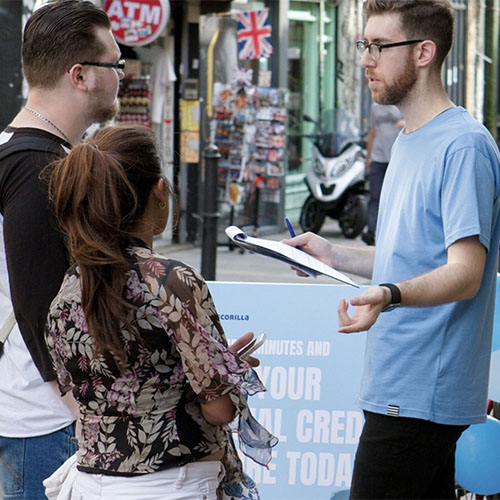
Future of FinanceStrategic Design
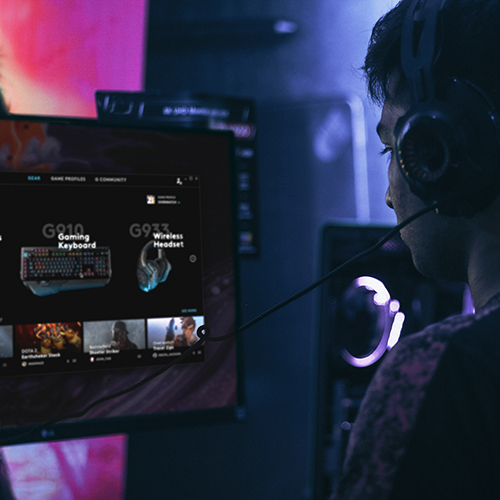
Logitech G HubProduct Design & User Validation
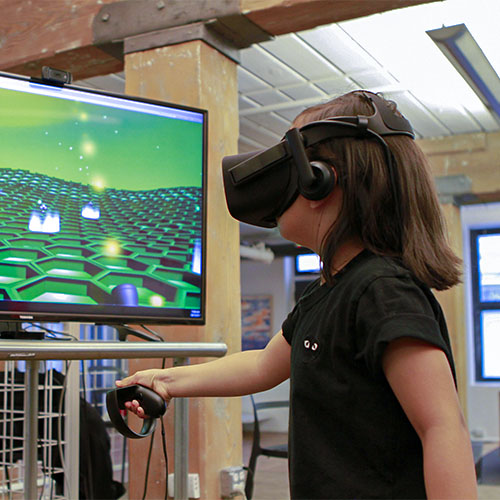
ScoutImmersive and Personalized Education
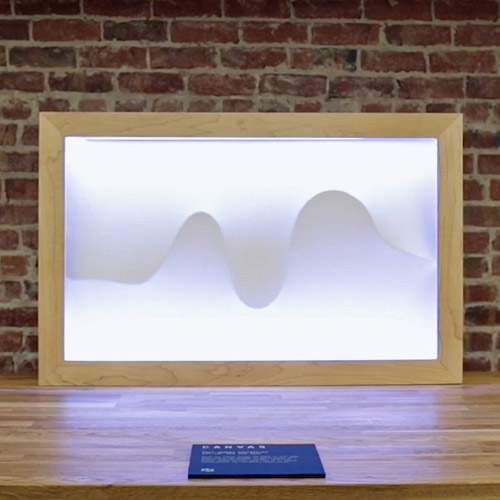
Surrounded by DataExploration of Future Interfaces & IoT
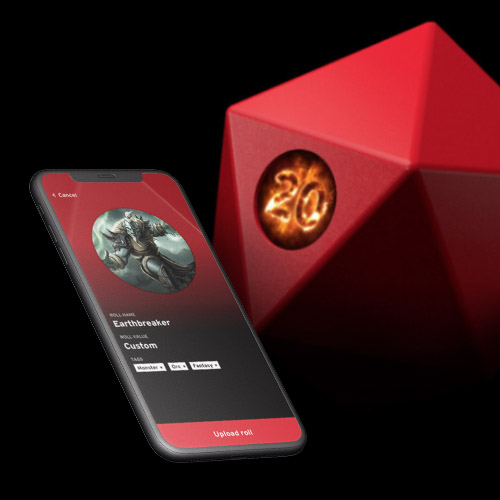
BIG20Physical Product Launch
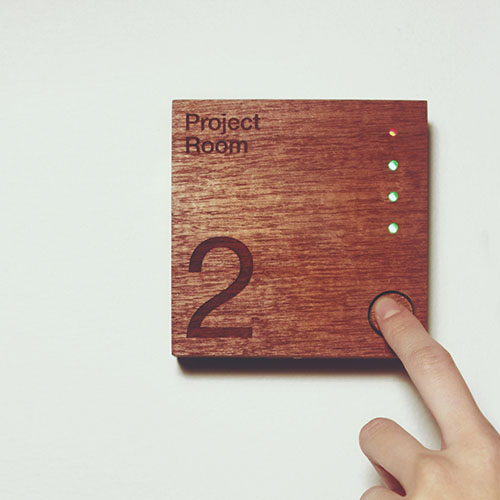
RoomieIoT Connected Room Sign
